Sooo…where to begin? How to approach the insanity that was last week?
Let’s go chronologically.
Sunday’s cat-caught Carolina wren didn’t survive the night; as you know by now, they’re stressy little birds, and even though there were no obvious wounds and he’d been started on antibiotics, it was just more stress than his little system could handle.
Monday an adult red-phase screech came in—long story short, the finder’d had the bird for SIX days, feeding her NOTHING but putting her outside DURING THE DAY and bringing her in at night, when she could have hunted. She was in baaaad shape when she arrived—on the verge of starvation; huge tick on the corner of one eyelid; refused to open her eyes or even raise her head…Quite frankly, I didn’t expect her to survive the night, especially since she was so weak and lethargic she had to be force-fed.
At any rate, while there were no external injuries, apparently they’d done some internal damage, as he struggled to breathe and didn’t survive the night.
Also on Tuesday, two hatchling screeches came in after the snag (dead tree) their nest was in was cut down. They were only days old at intake—still had their egg teeth. Both fit in the palm of my hand together, not singly. As their little eyes are VERY light sensitive and they must remain in dark/dimly lit areas for the first few weeks of their lives, all the photos of them are without flash, so they’re a bit fuzzy…kinda like the babies themselves!
Here they are on intake, April 23:
And also on Tuesday—nine of last week’s intakes were on Tuesday—a cattle egret with a broken wing arrived. Sadly, it was an open fracture, so euthanasia was the kindest option.
Wednesday, nothing came in, which was fine by me after nine intakes on Tuesday.
Thursday morning, a fledgling phoebe with a nasty open leg fracture came in. It’s hard enough sometimes to euthanize adult birds; the babies REALLY hurt, so even though I knew what needed to be done, I wanted a second opinion. I texted a photo of the leg to Peggy, who agreed it wasn’t fixable. Phoebes are sweet little birds, and I was reduced to tears over this one, but he was euthanized. The photos of his leg were taken post-euthanasia.
The adult barred and great horned both also need to be in the raptor flight, again, to see if their healed wing fractures will allow for flight.
The house finch and cedar waxwing were released. To be honest, the waxwing was iffy based on x-rays, but when the rascal started getting loose and leading me on a merry chase all around the house every time I put his berries in or changed his paper, I decided he was ready to go.
The vultures are feathering out nicely and self-feeding now, which is nice. Messy, but nice…
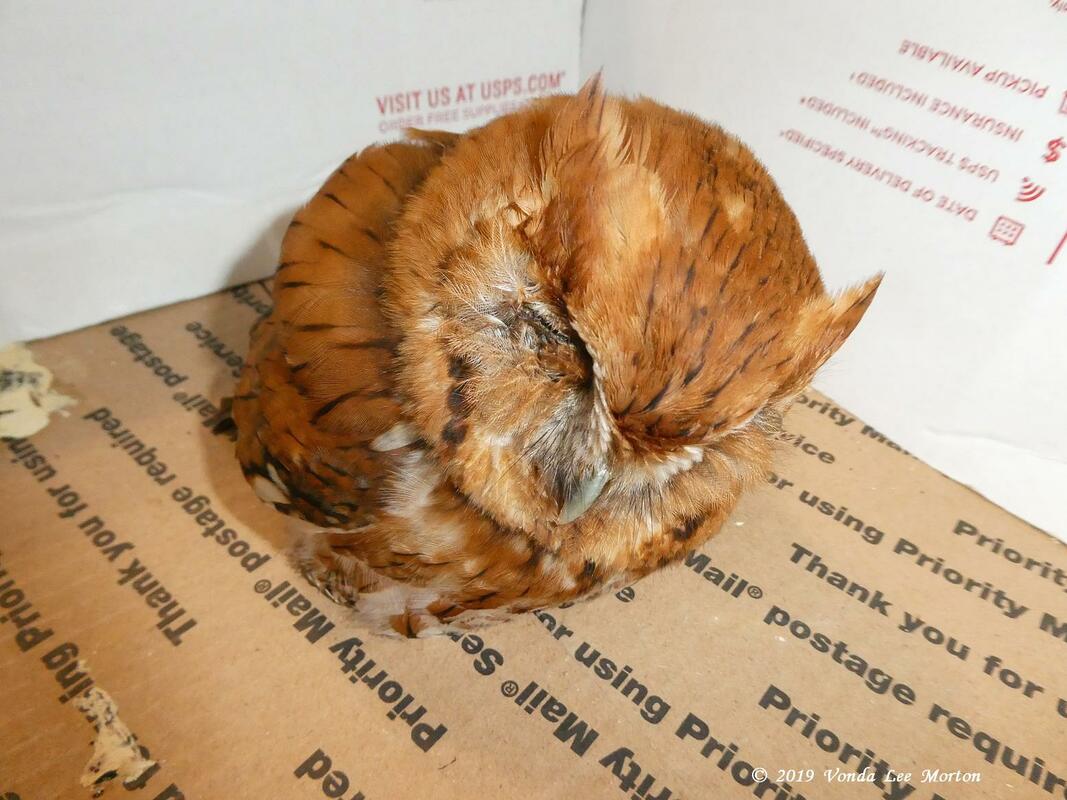
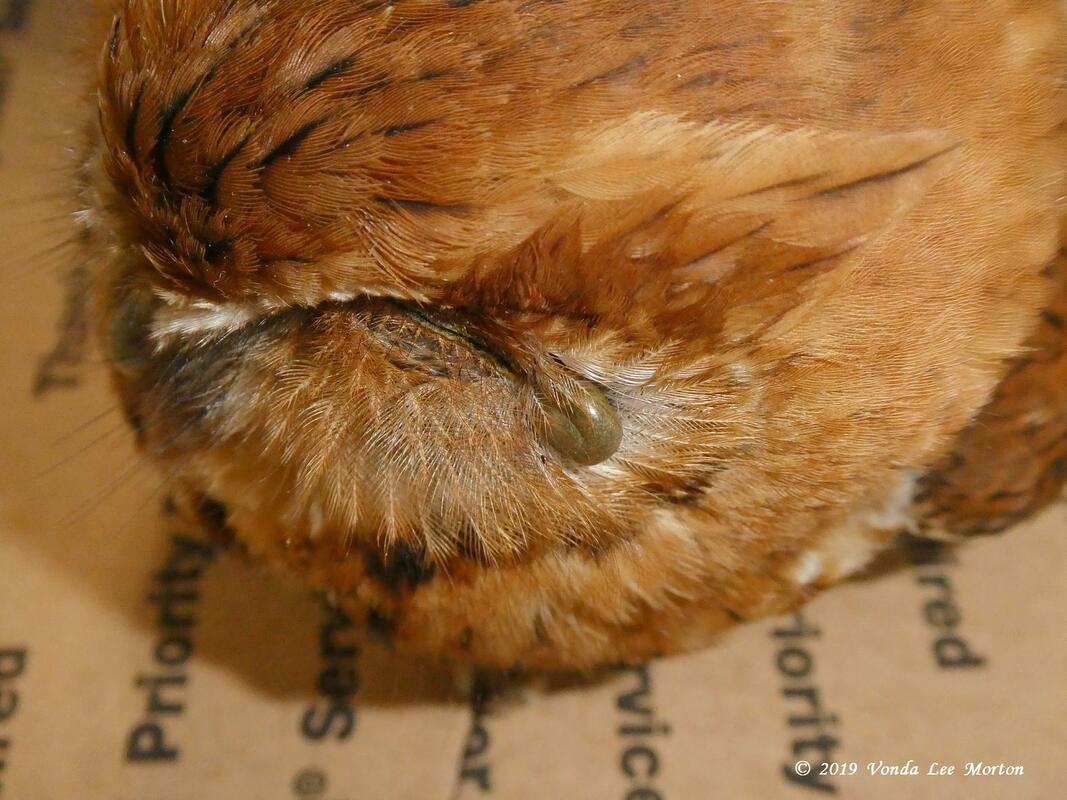
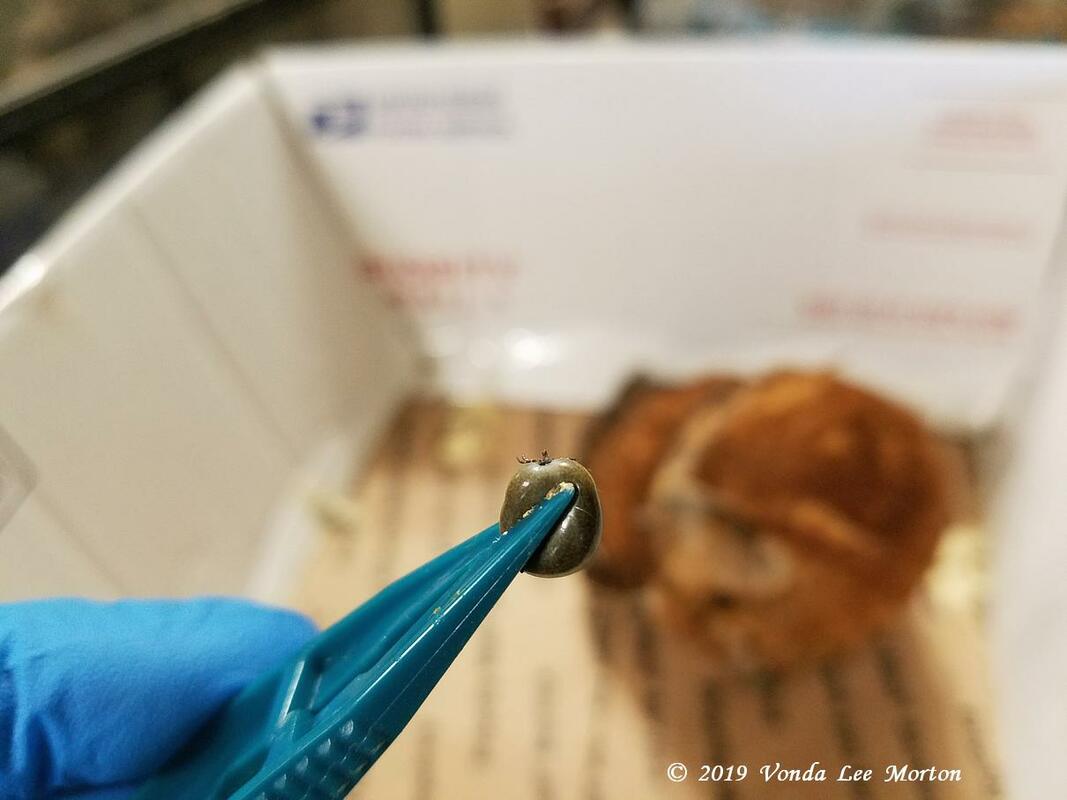
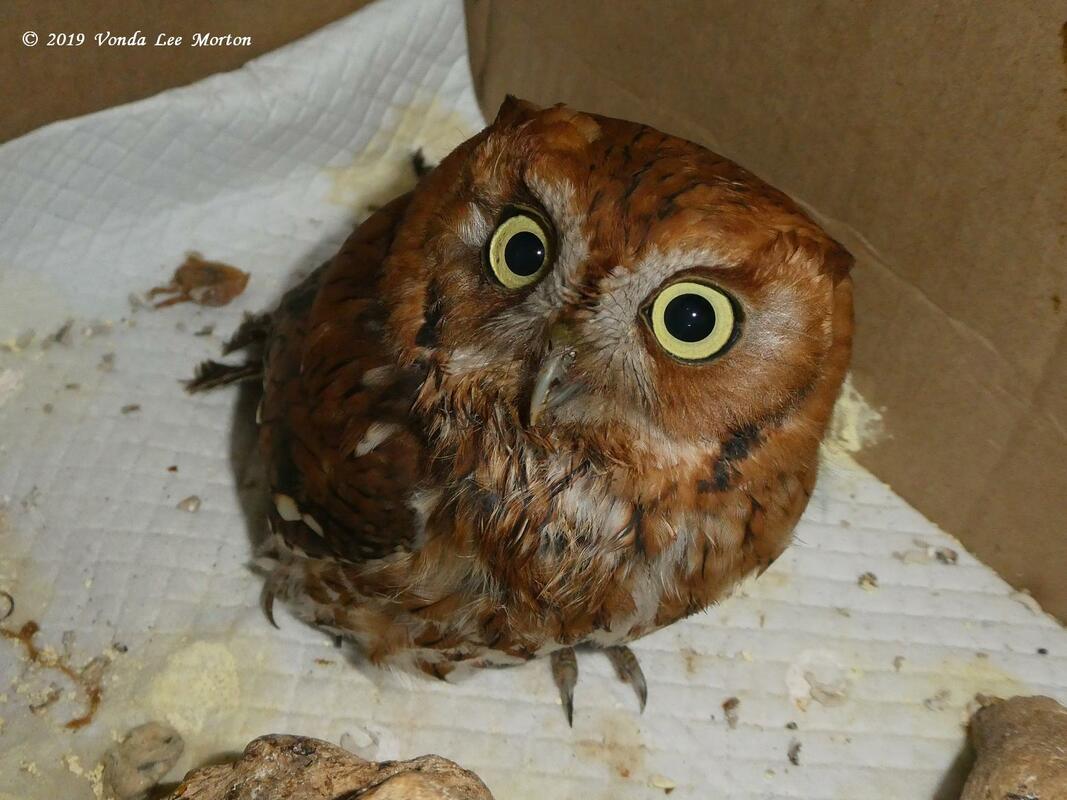
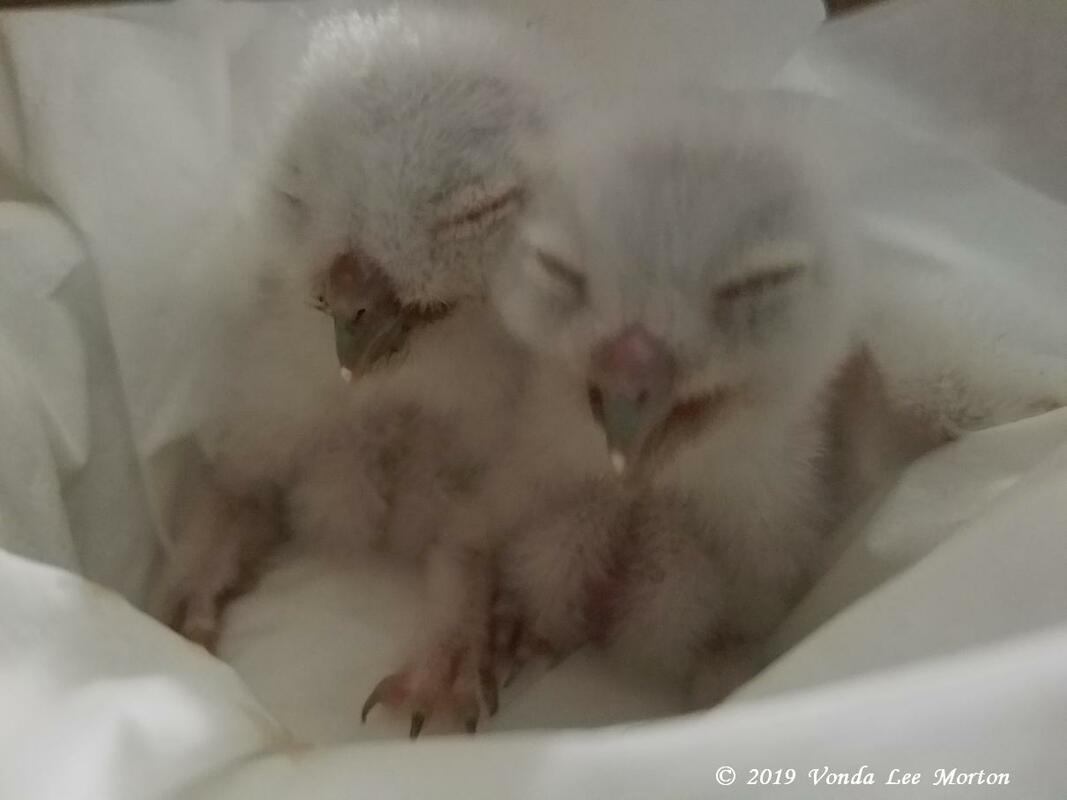
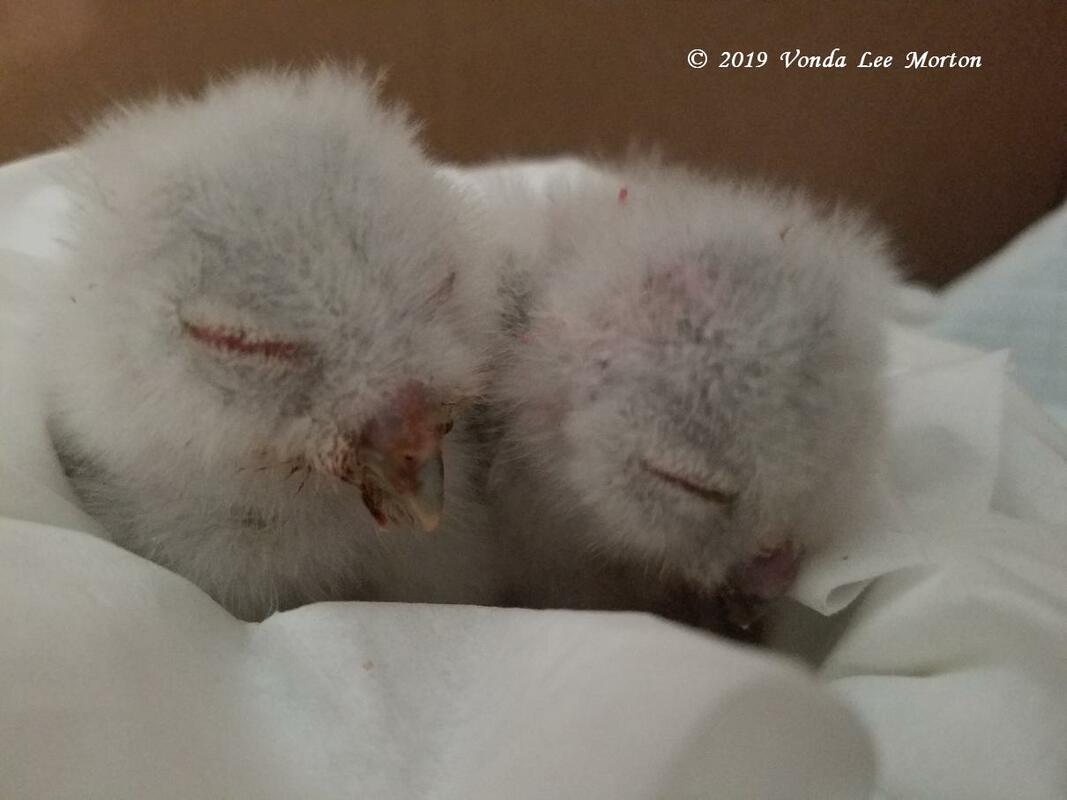
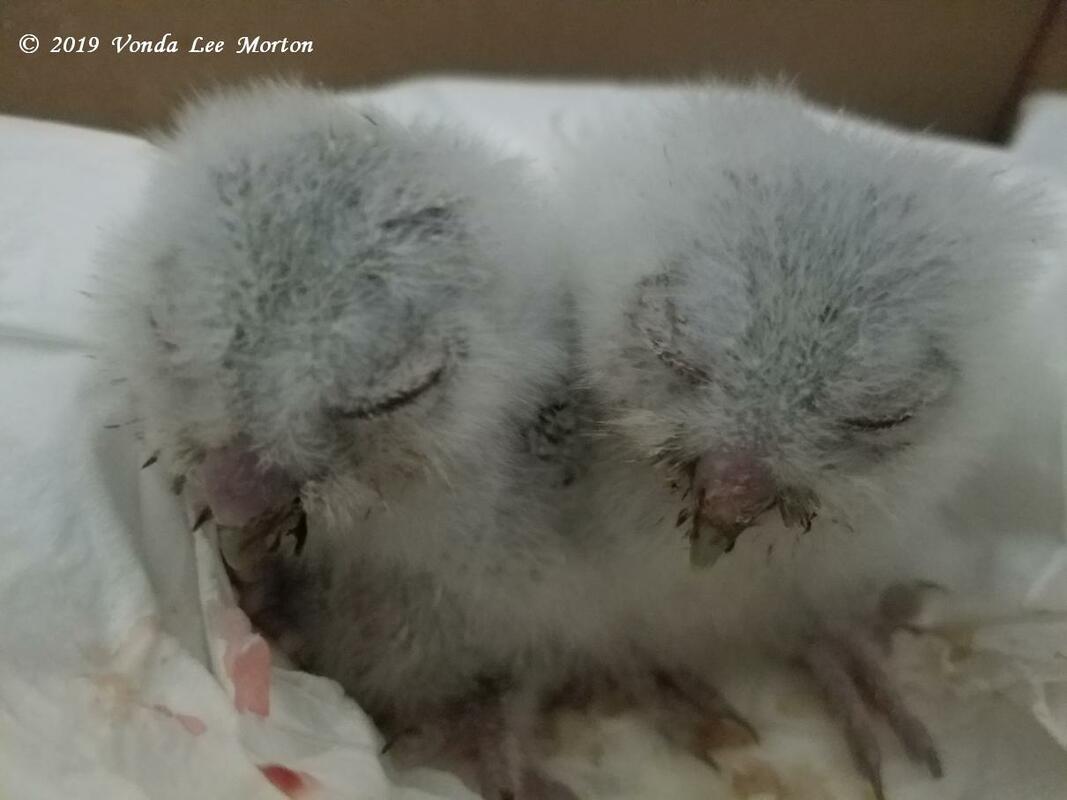
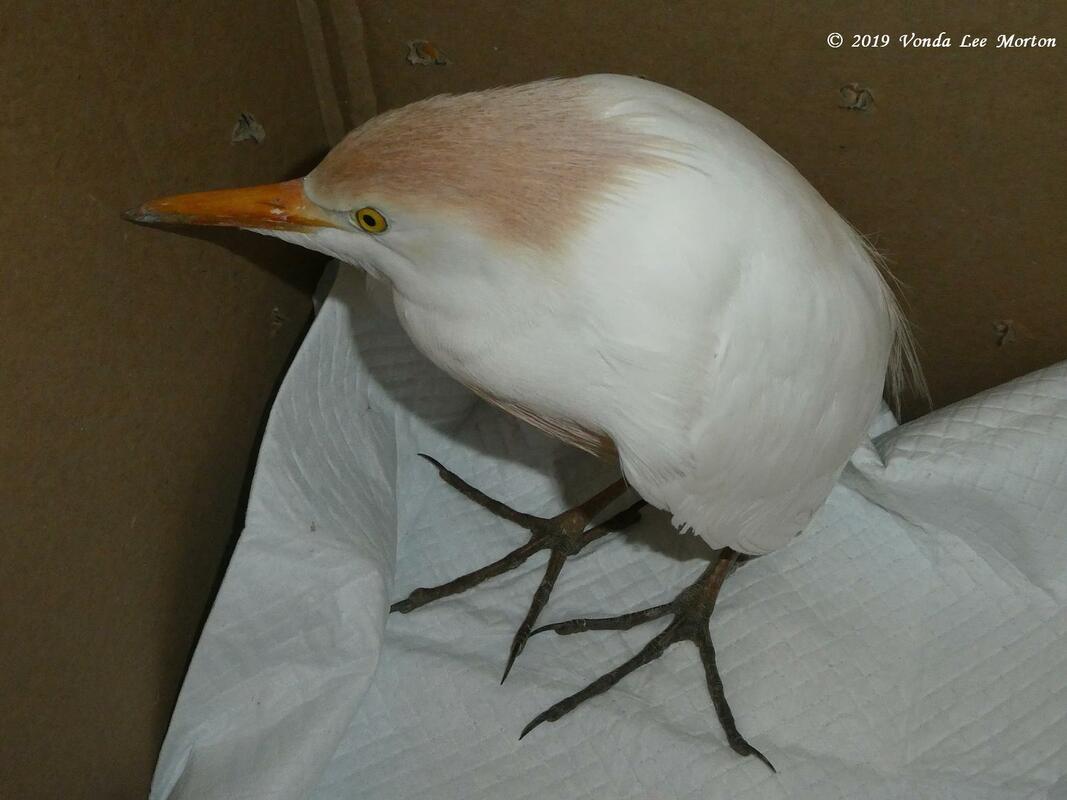
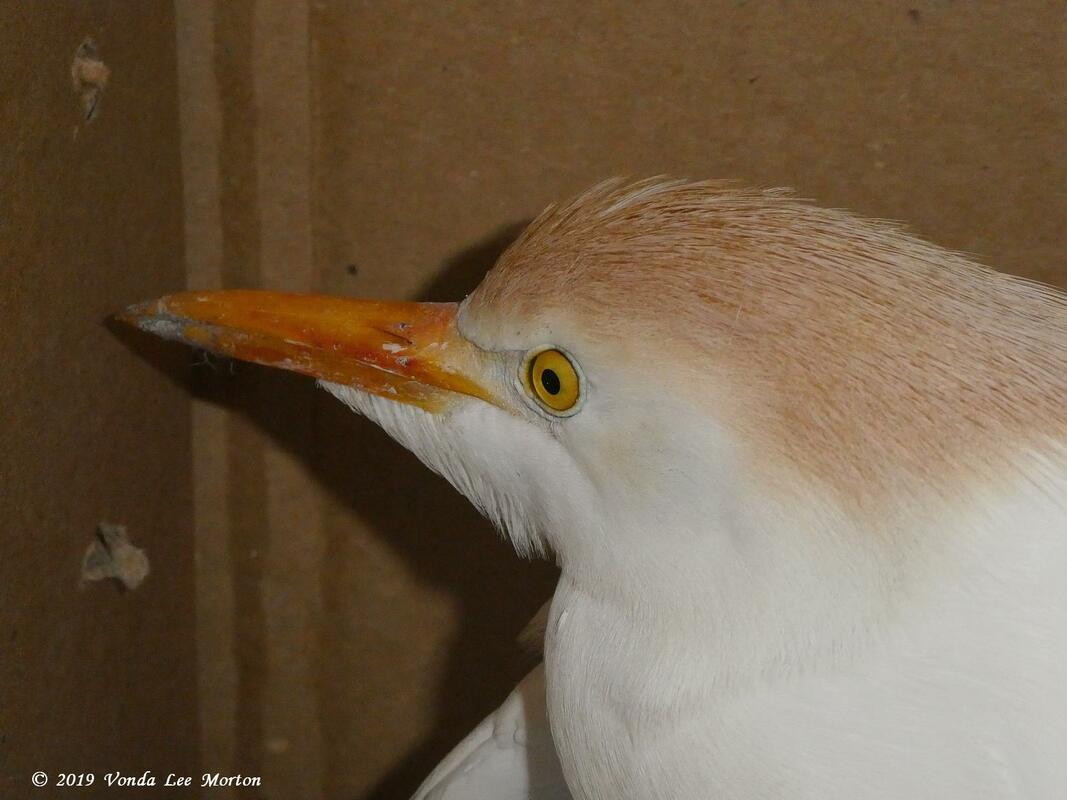
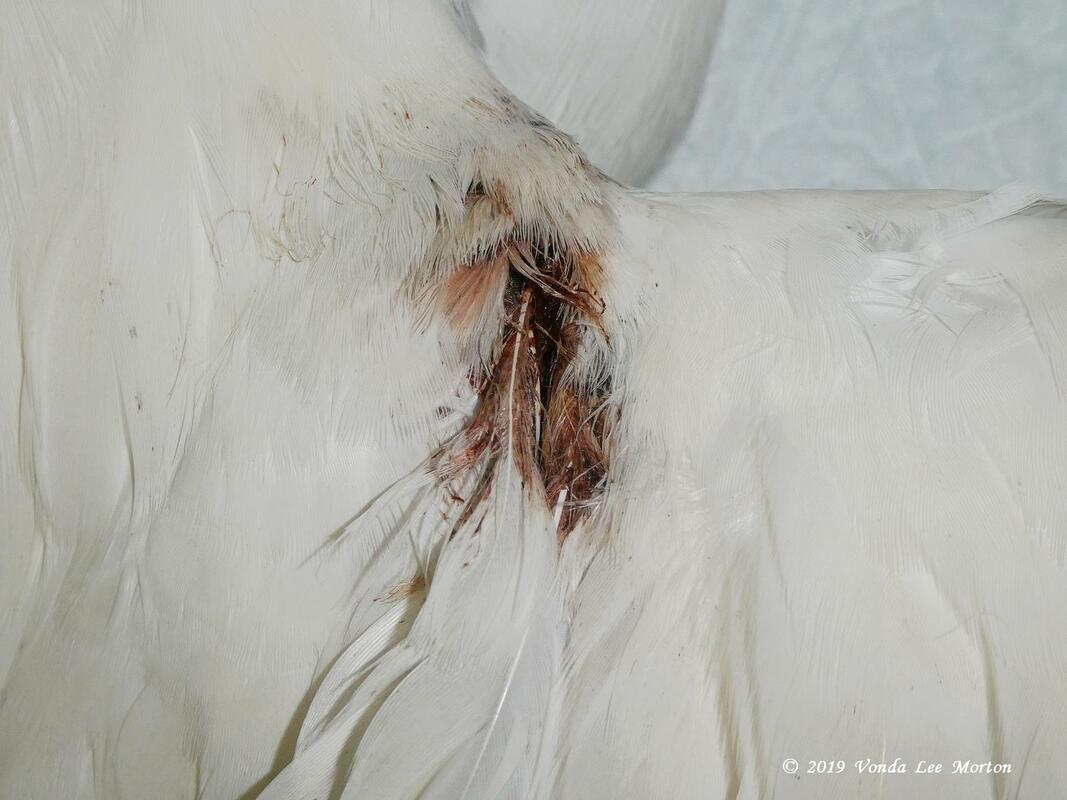
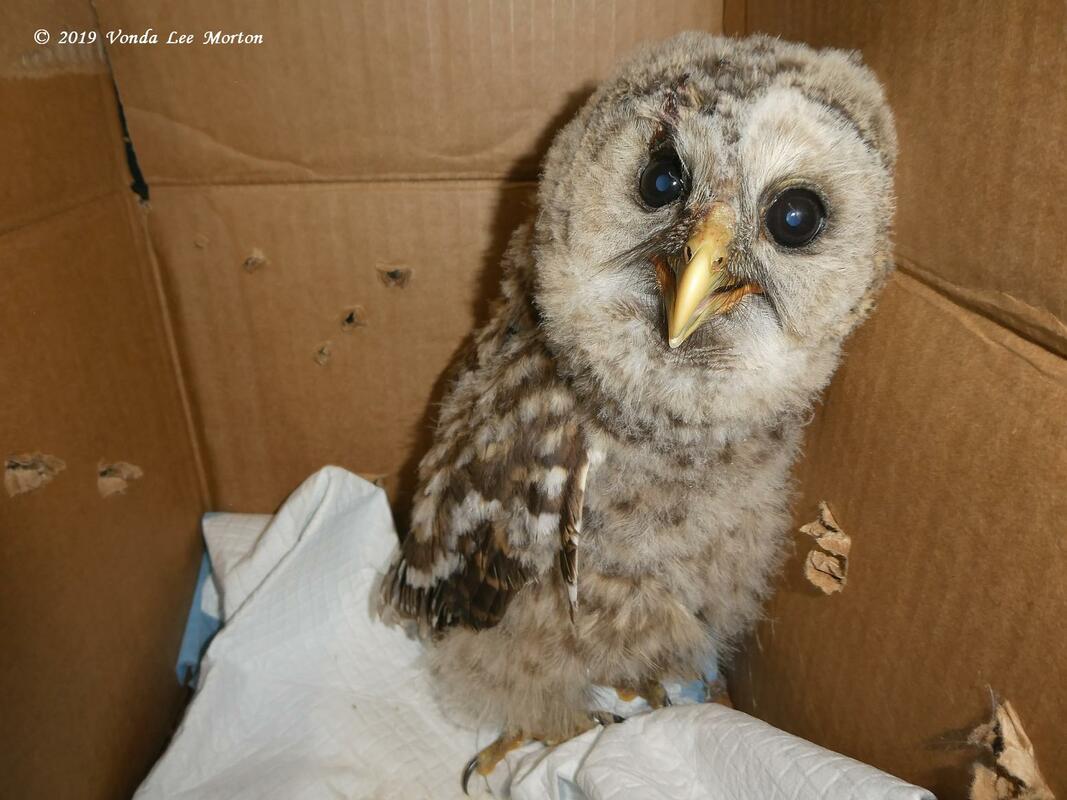
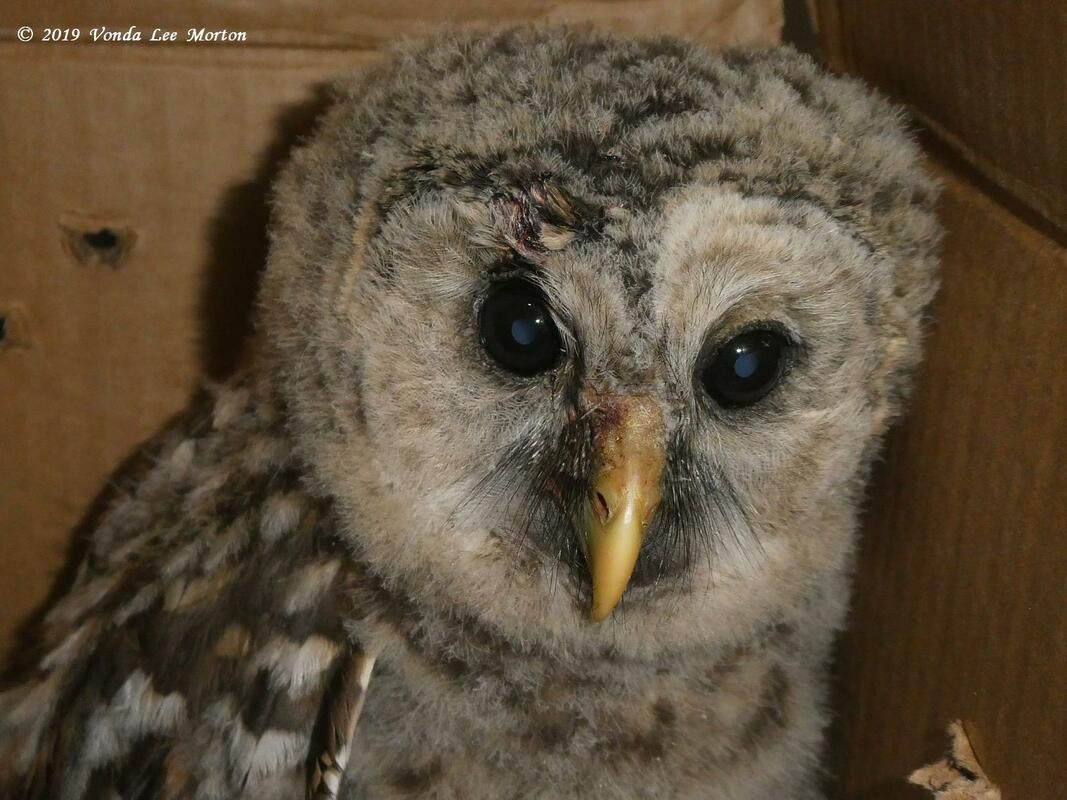

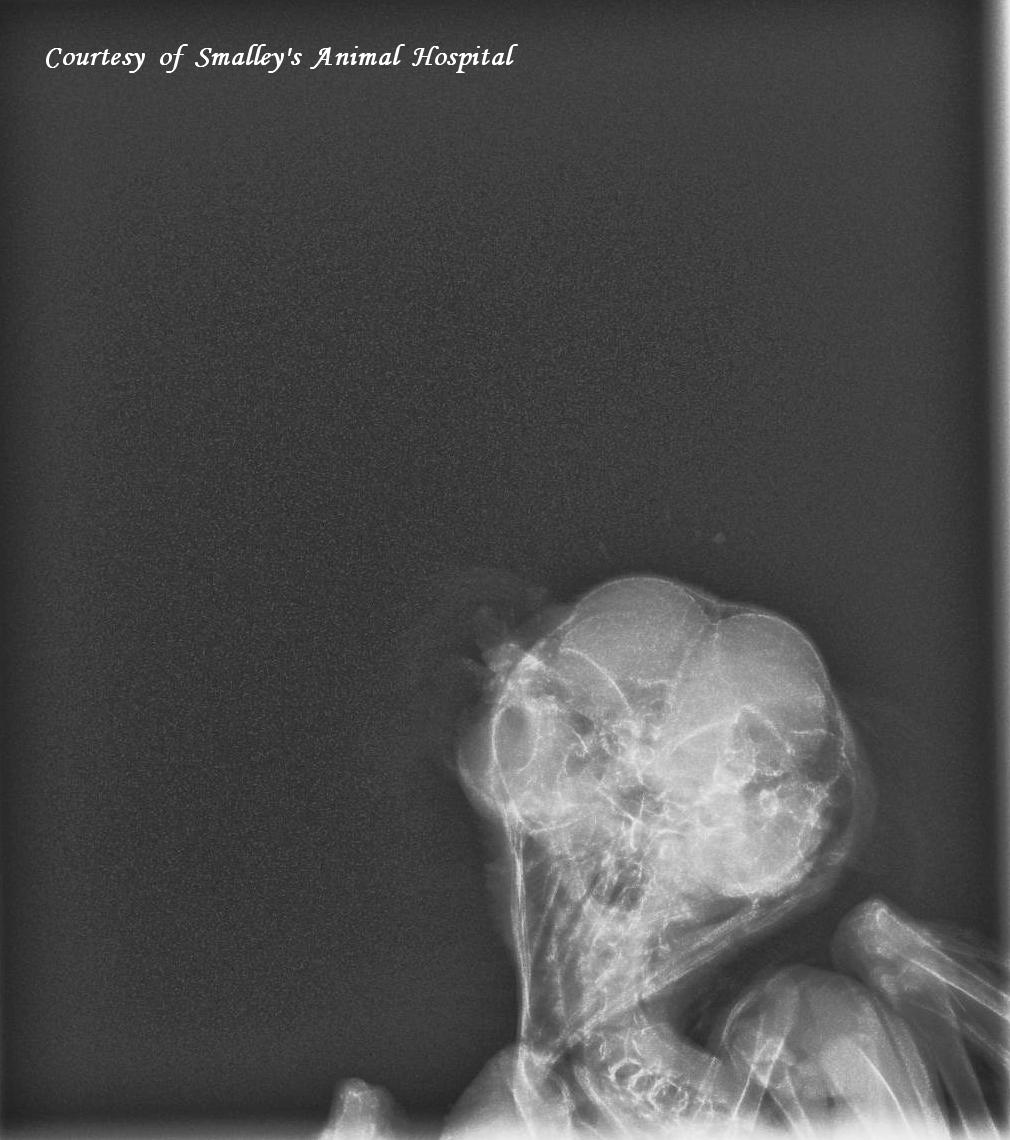
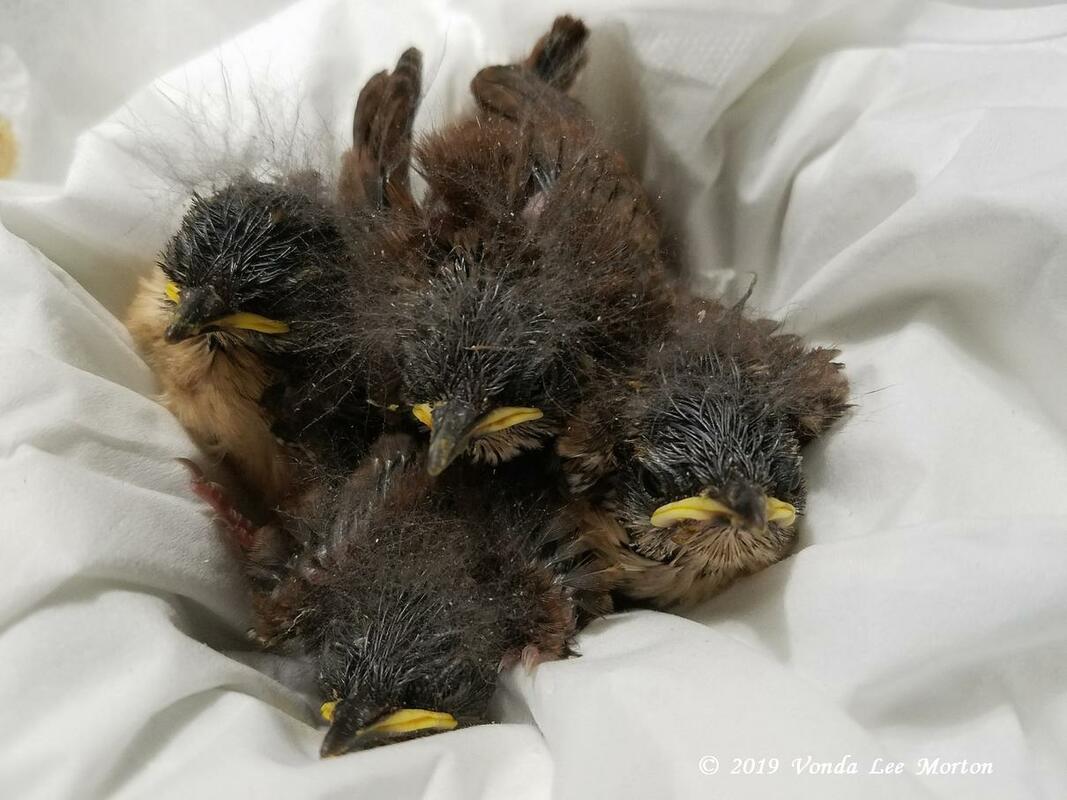
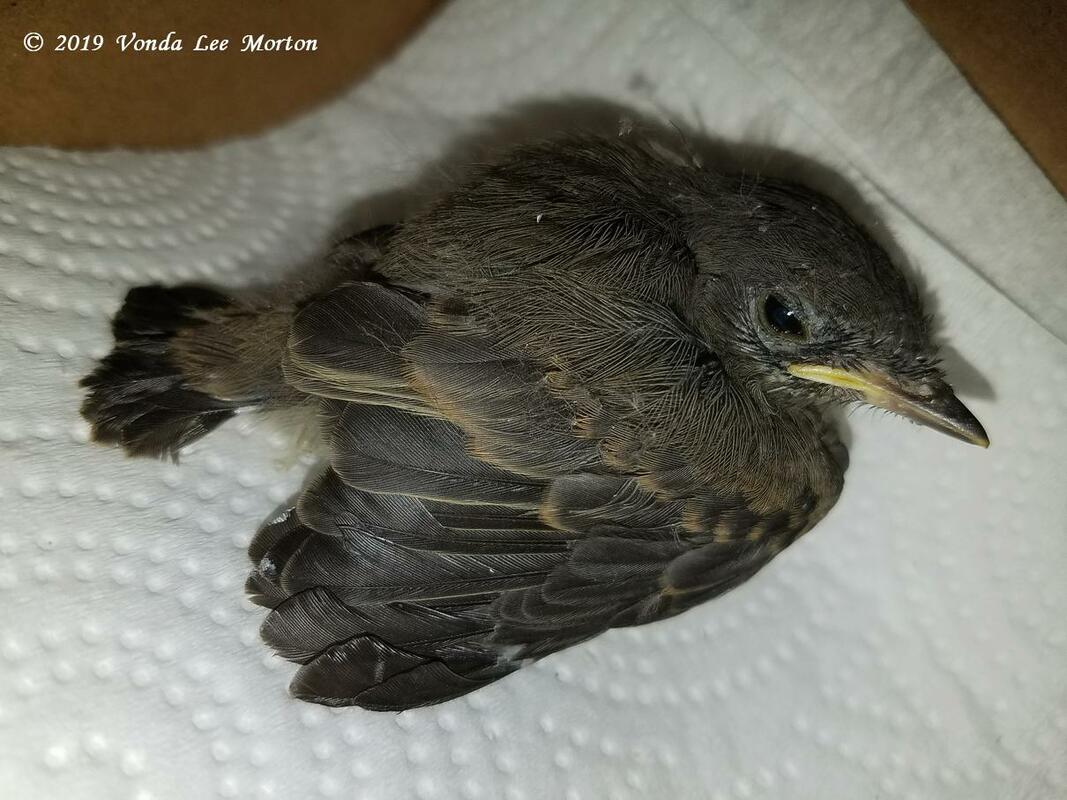

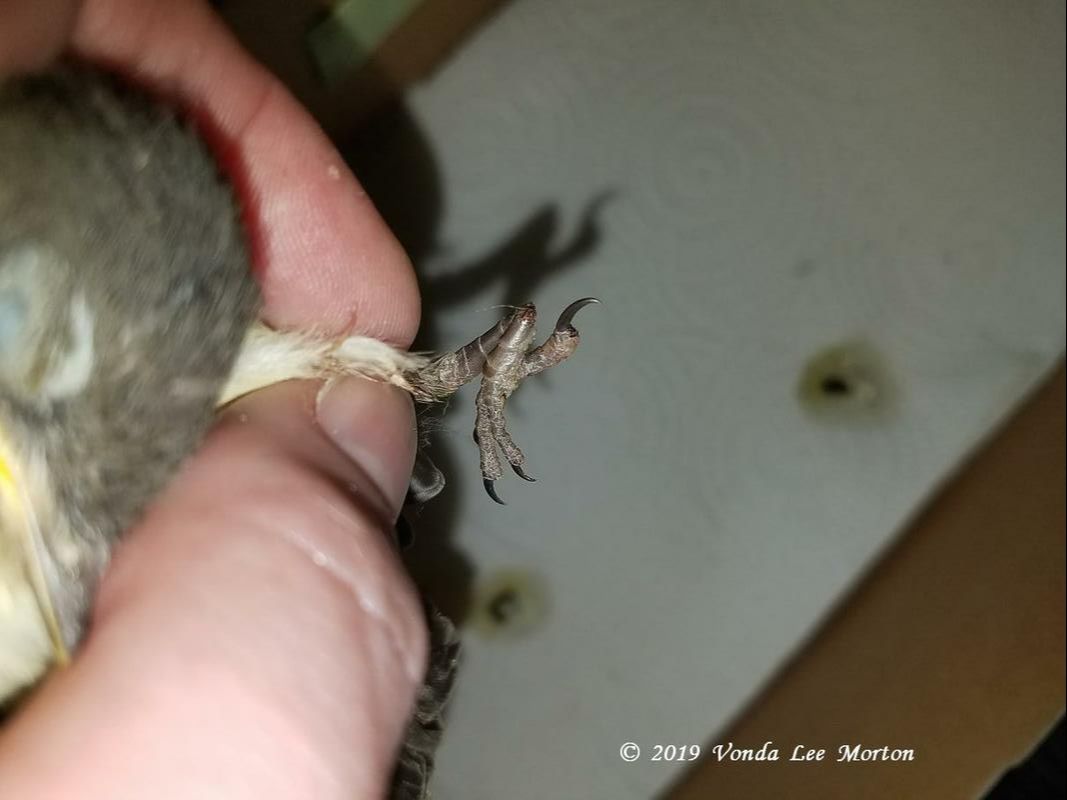
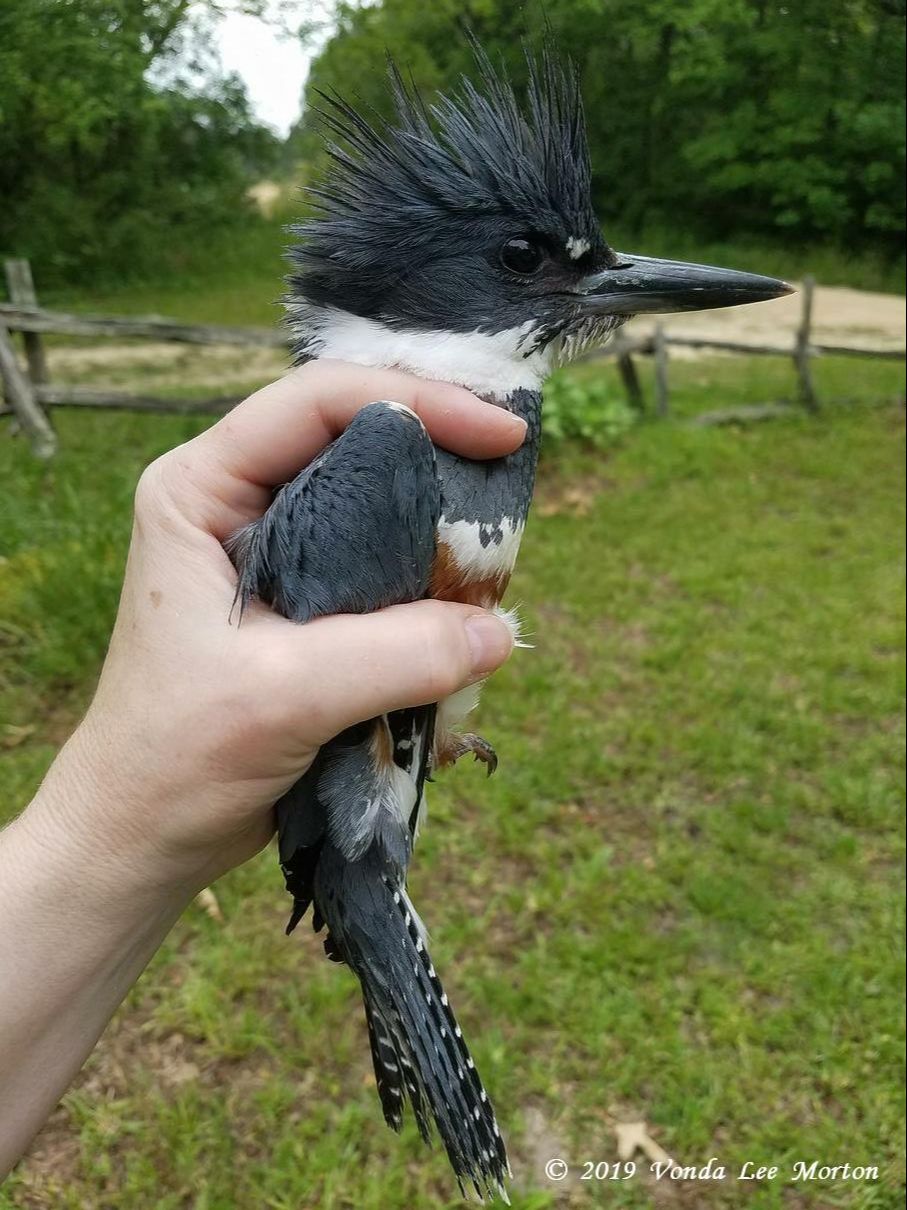
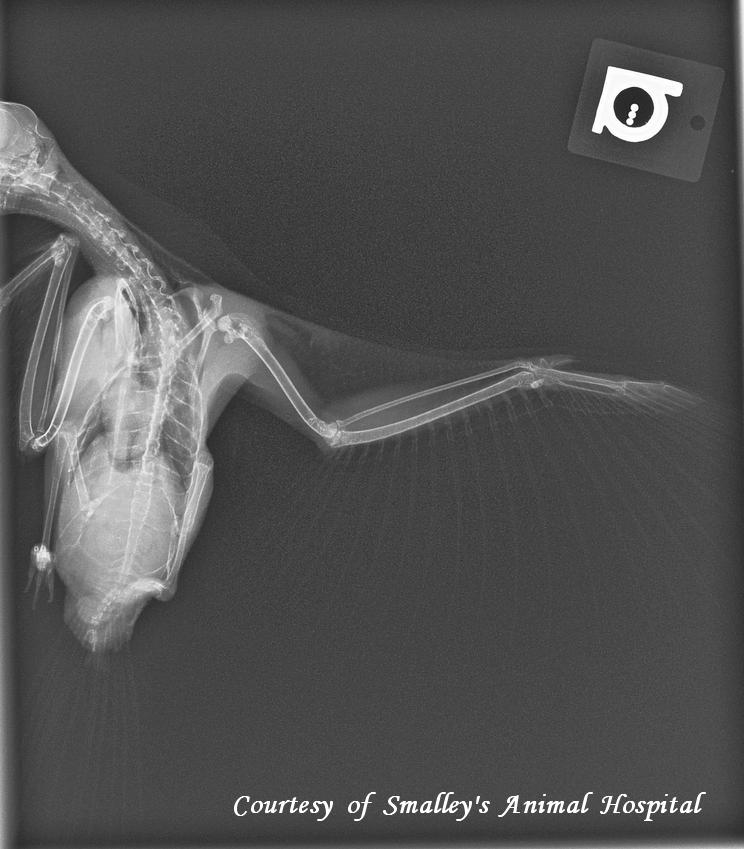
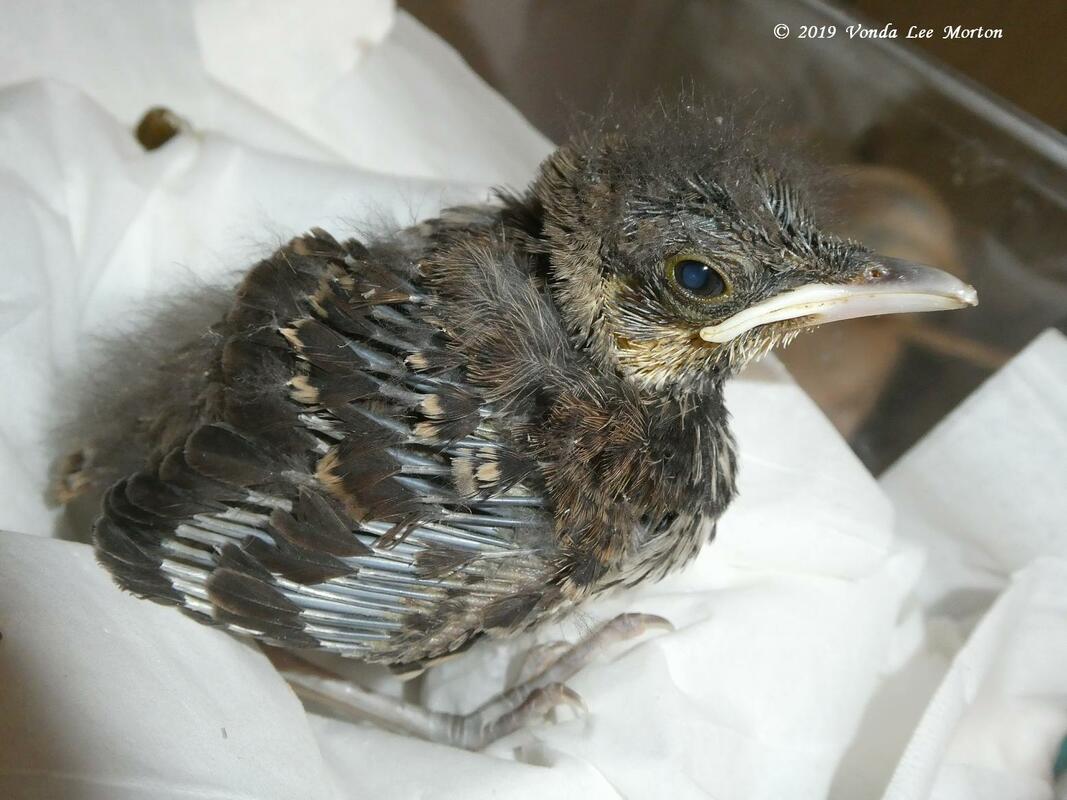
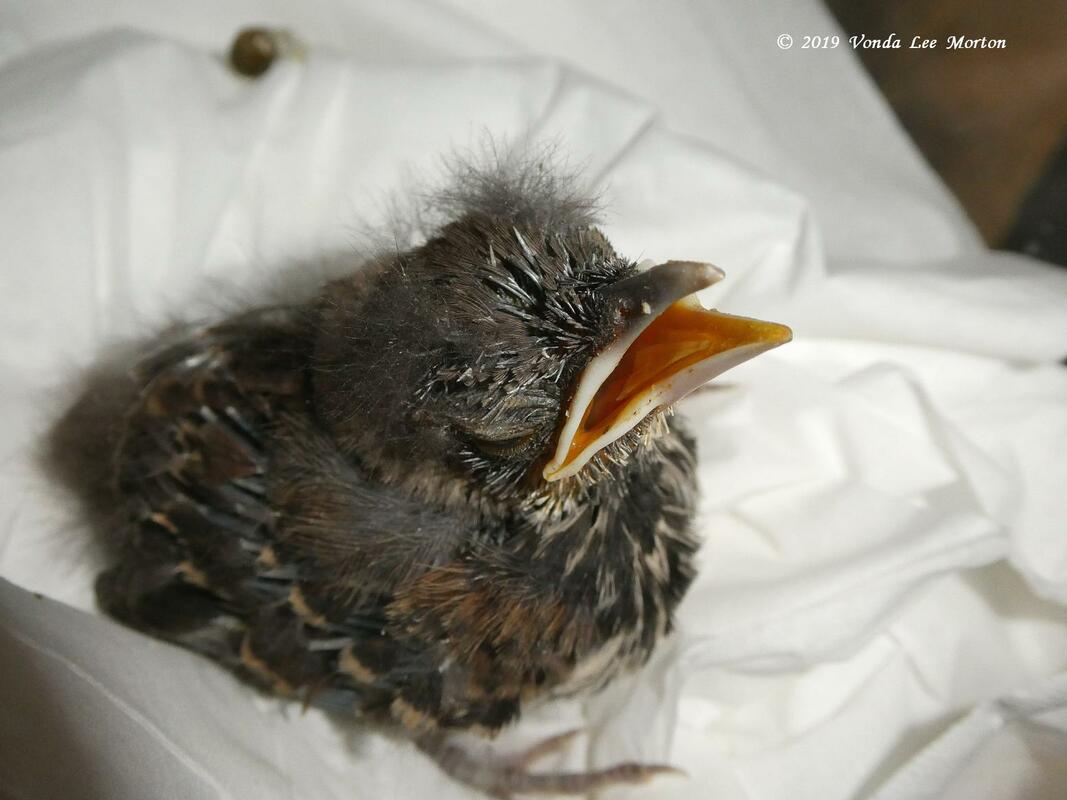
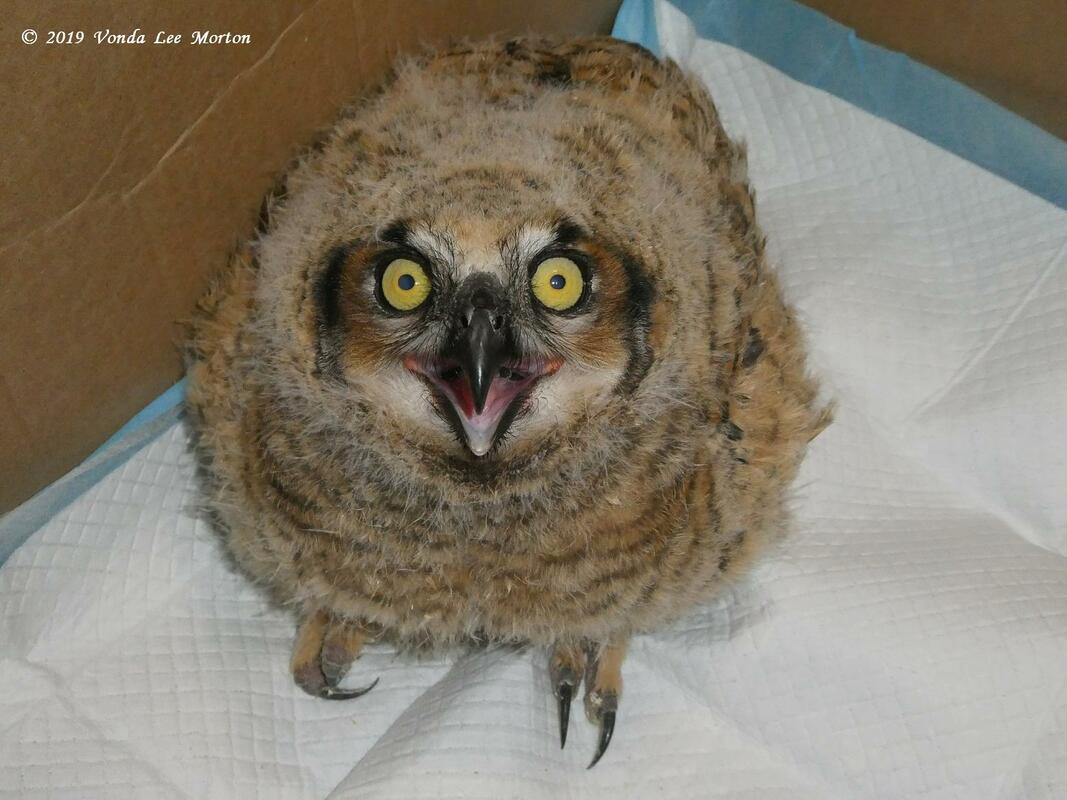
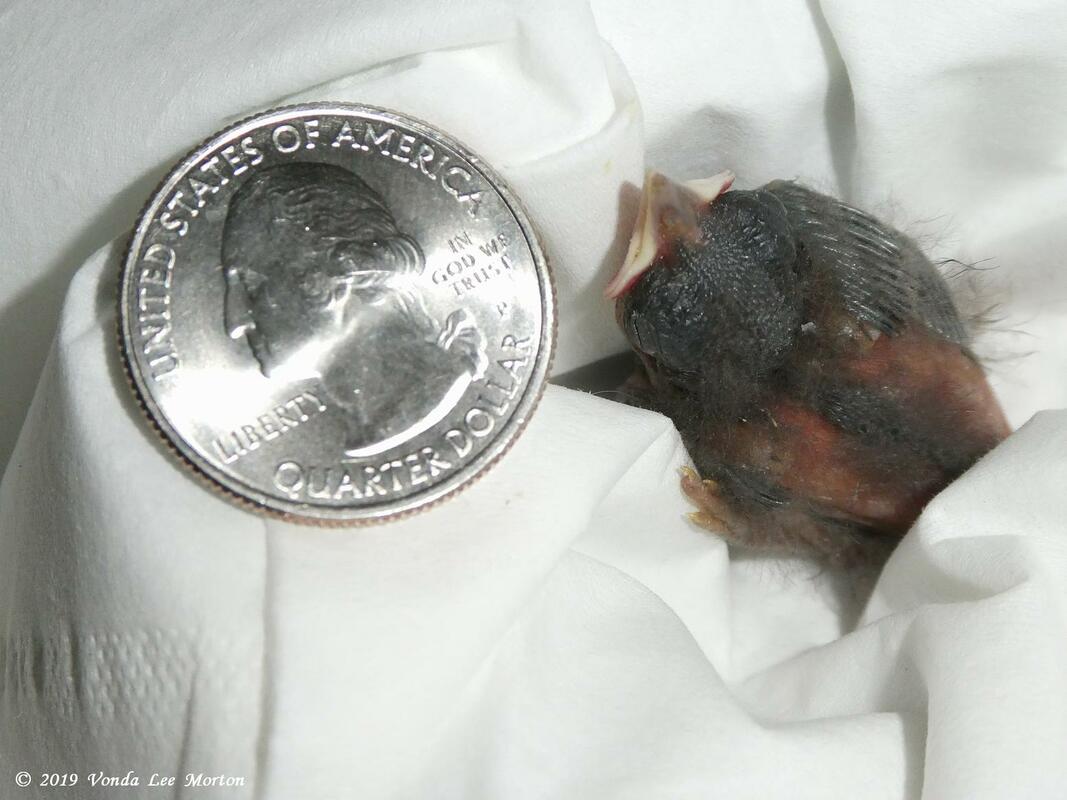
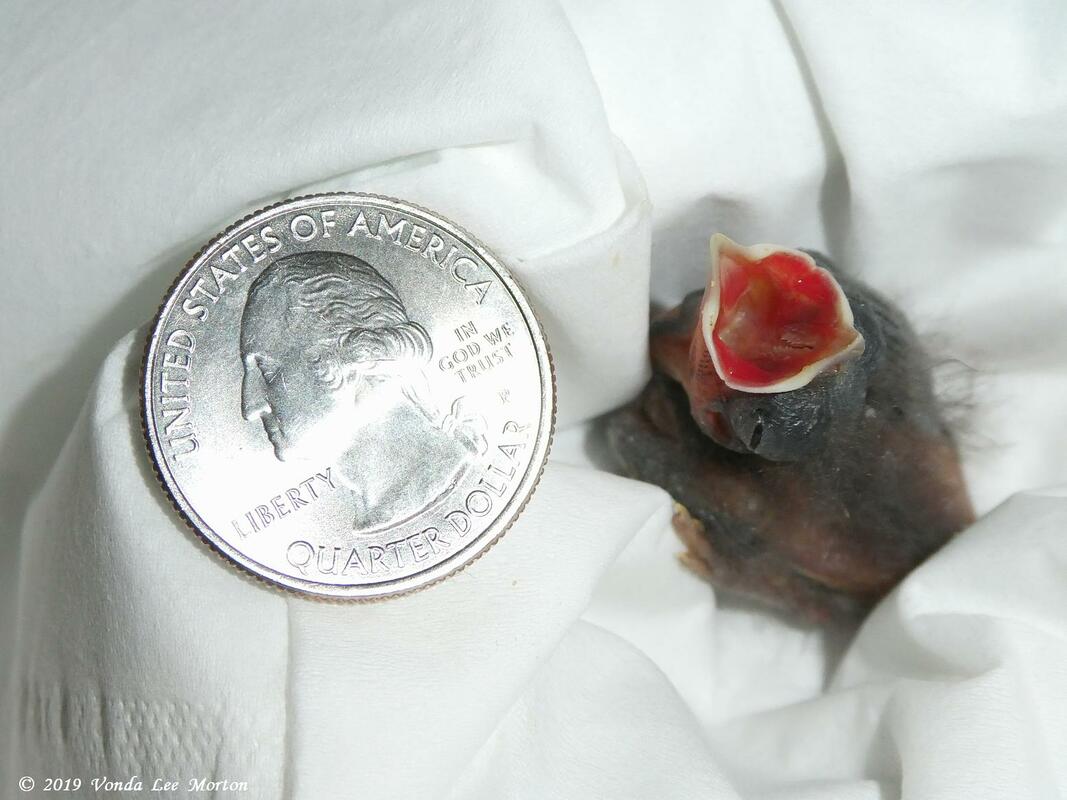
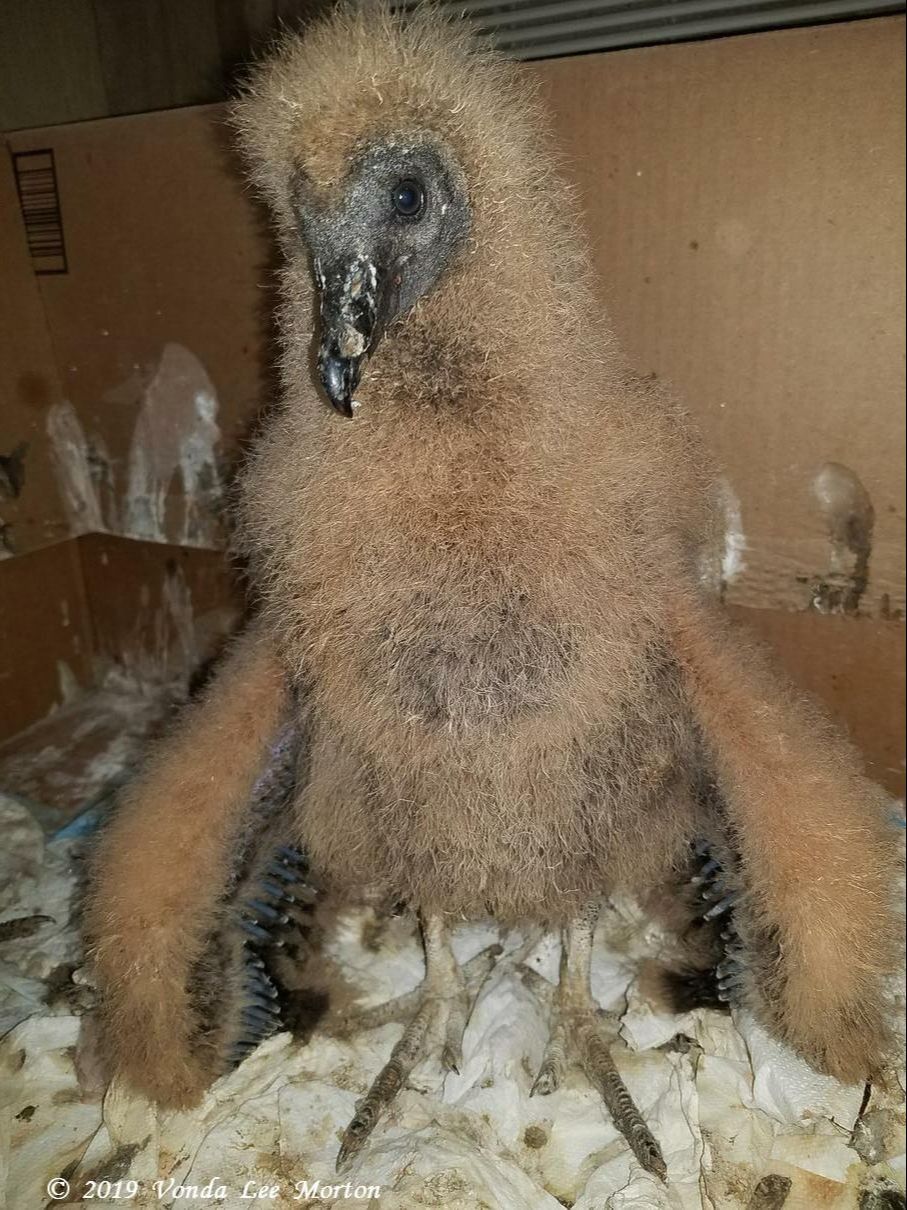

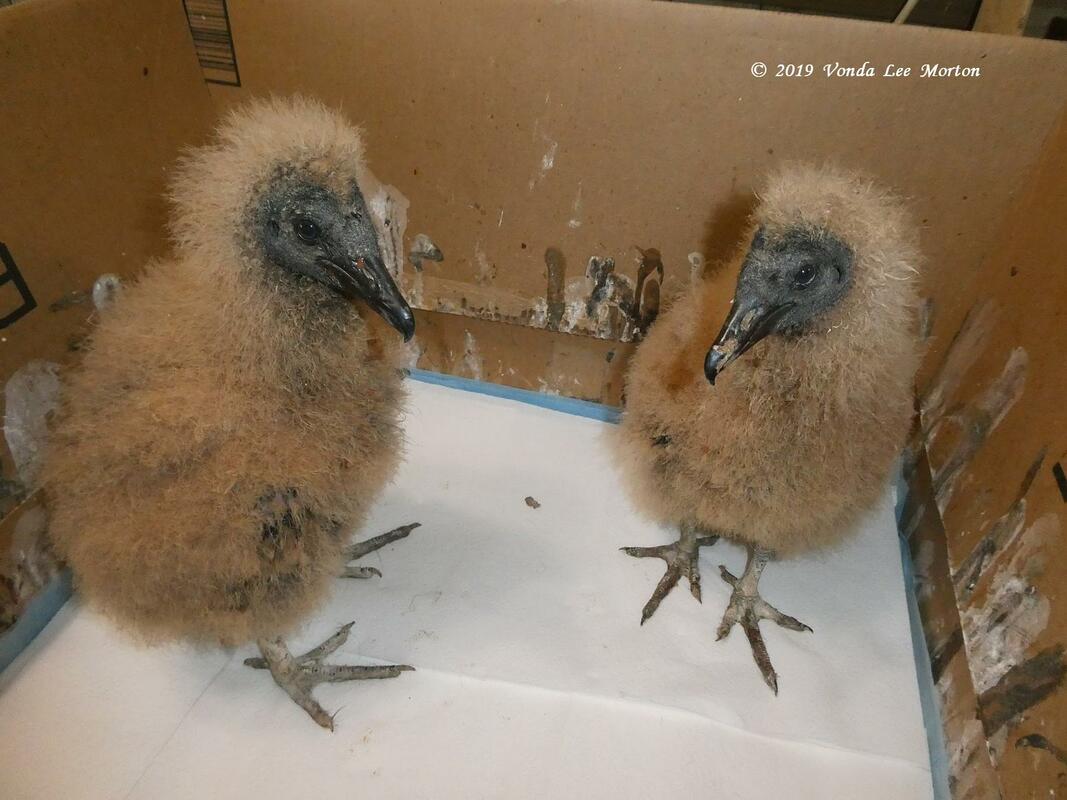

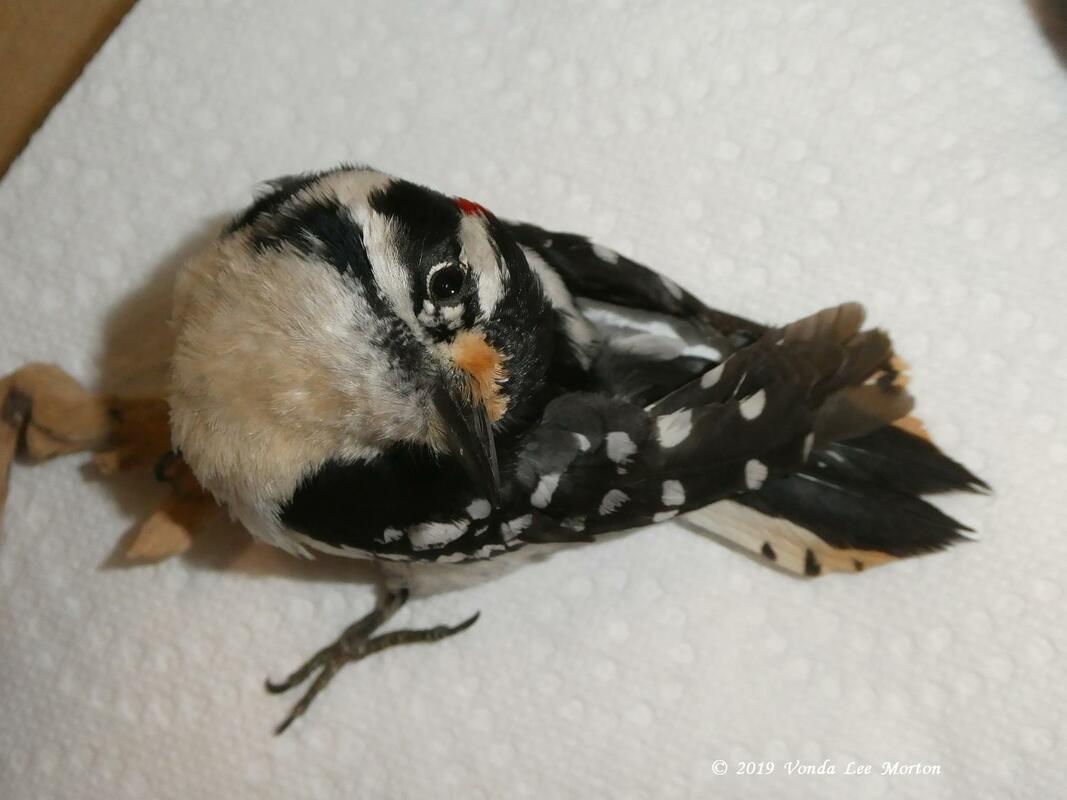
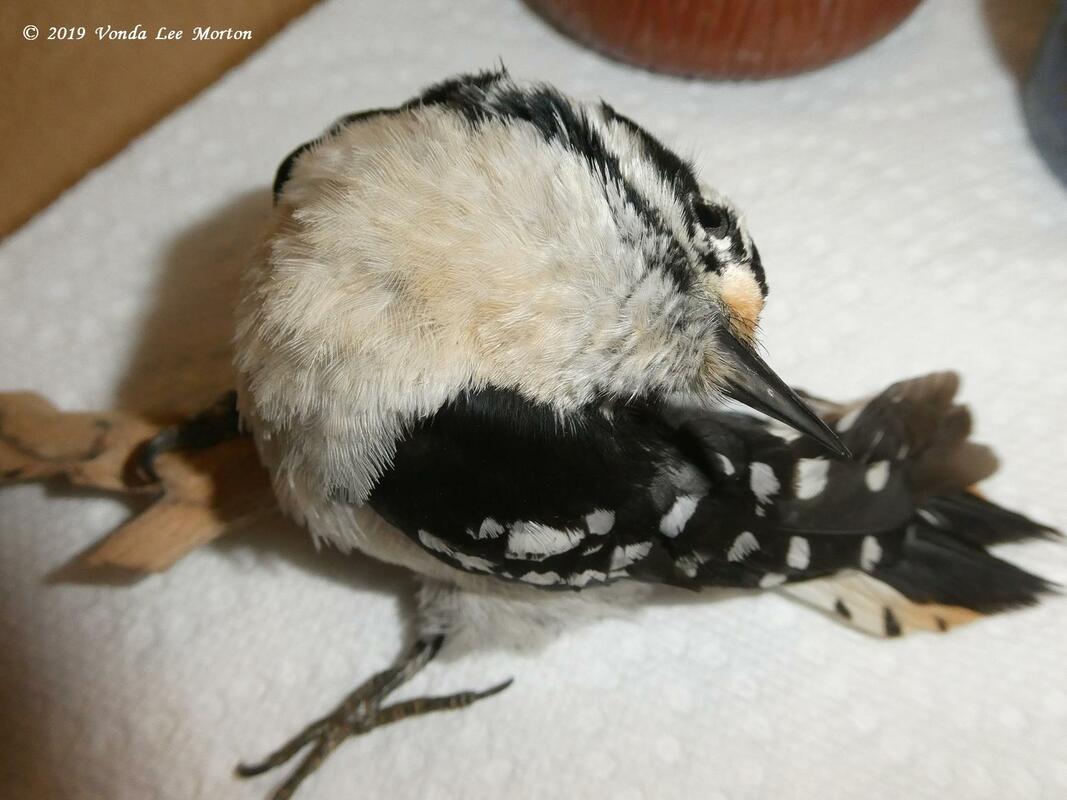
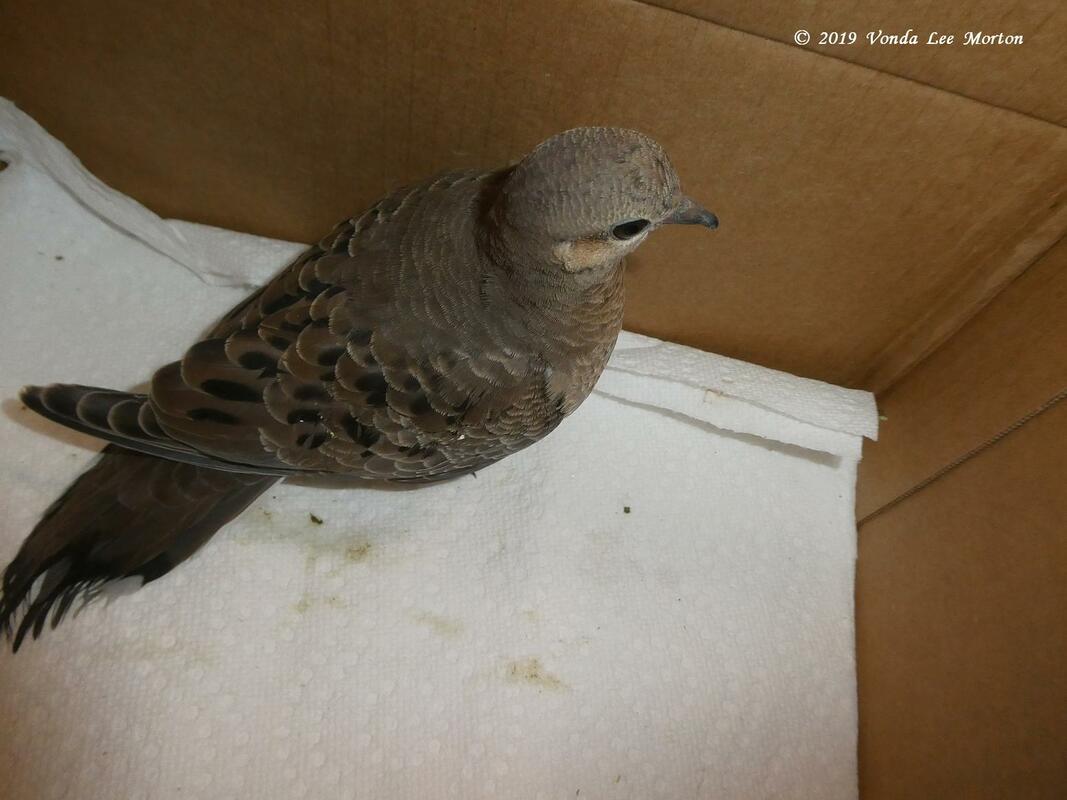
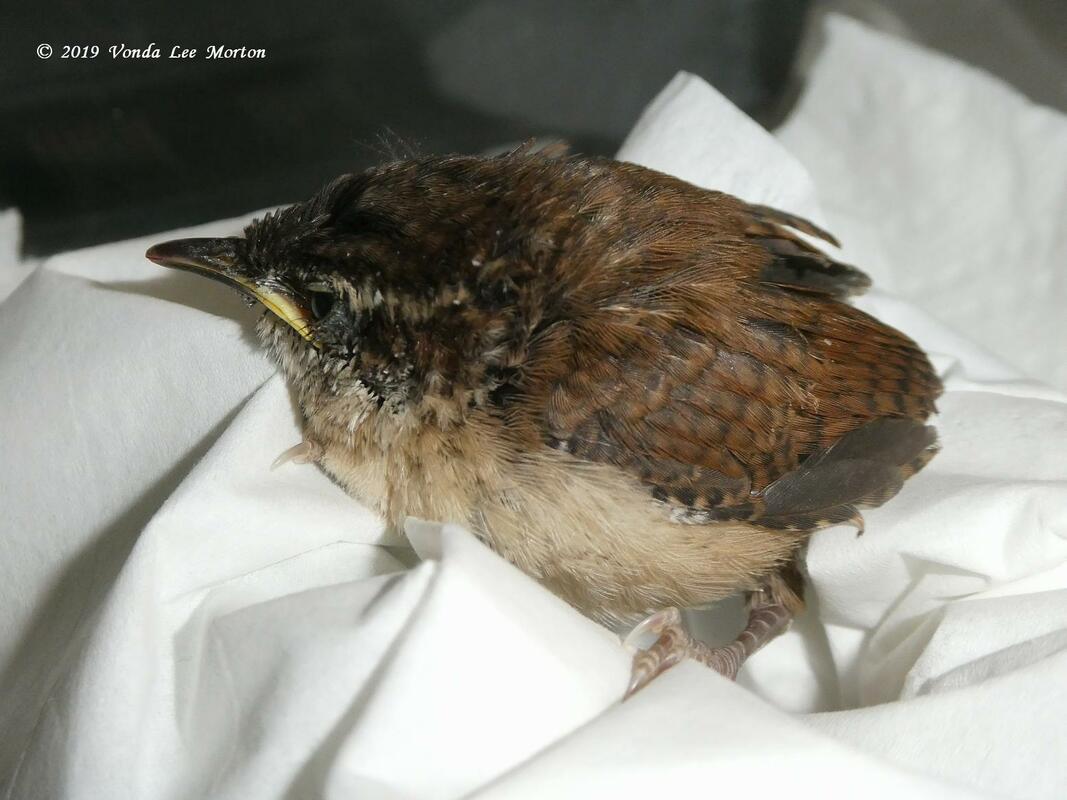
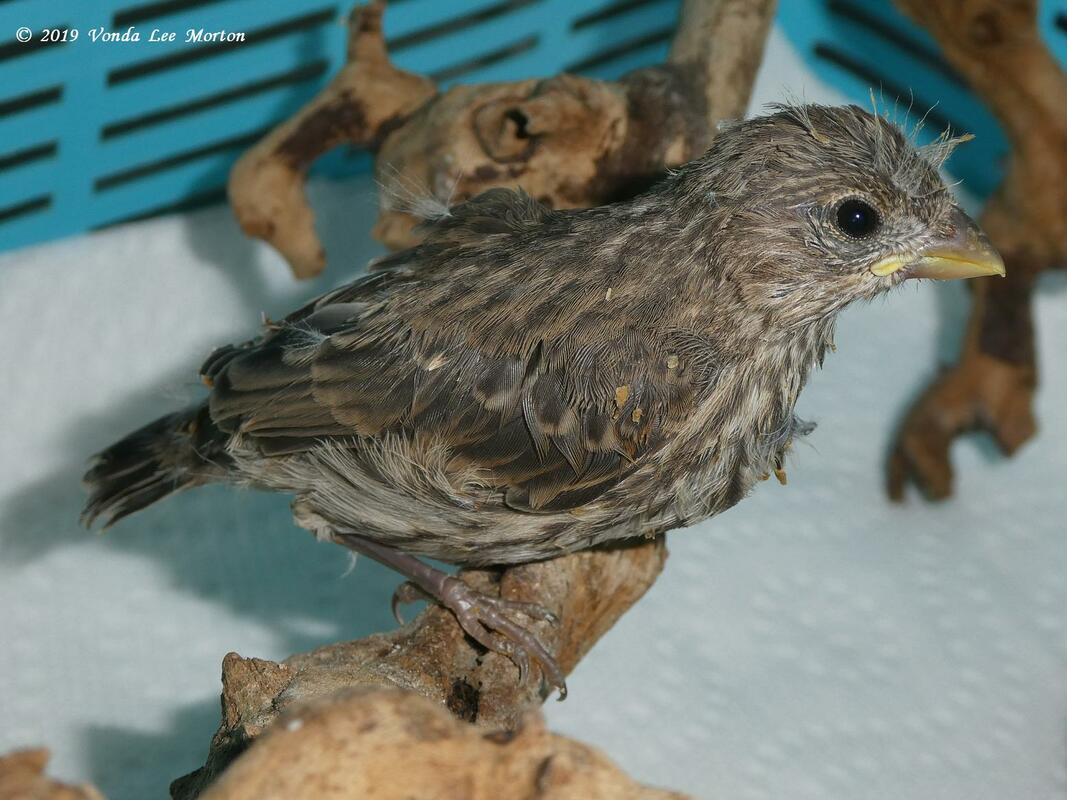
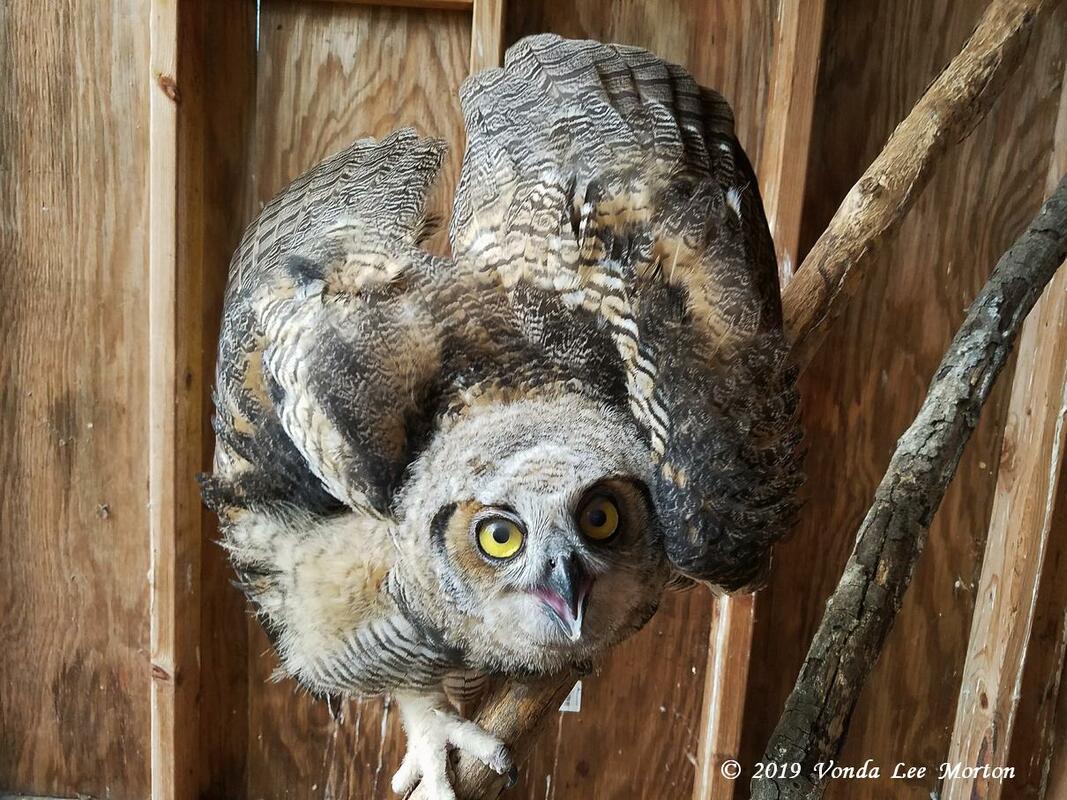

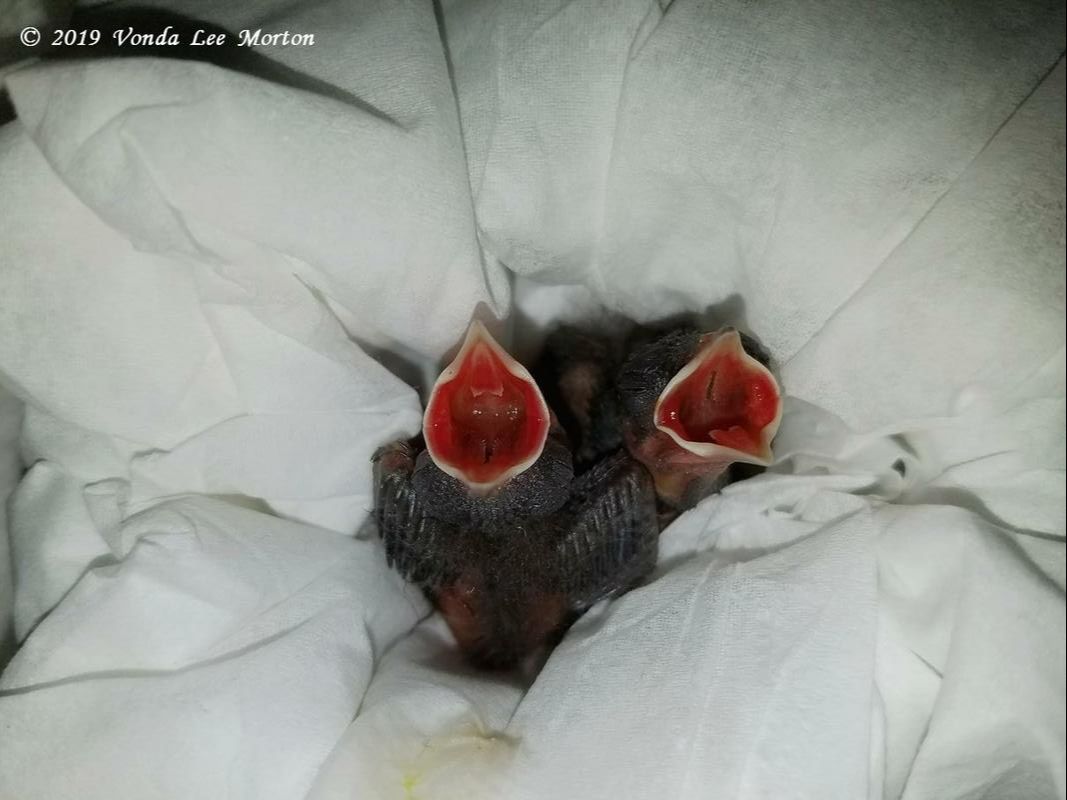
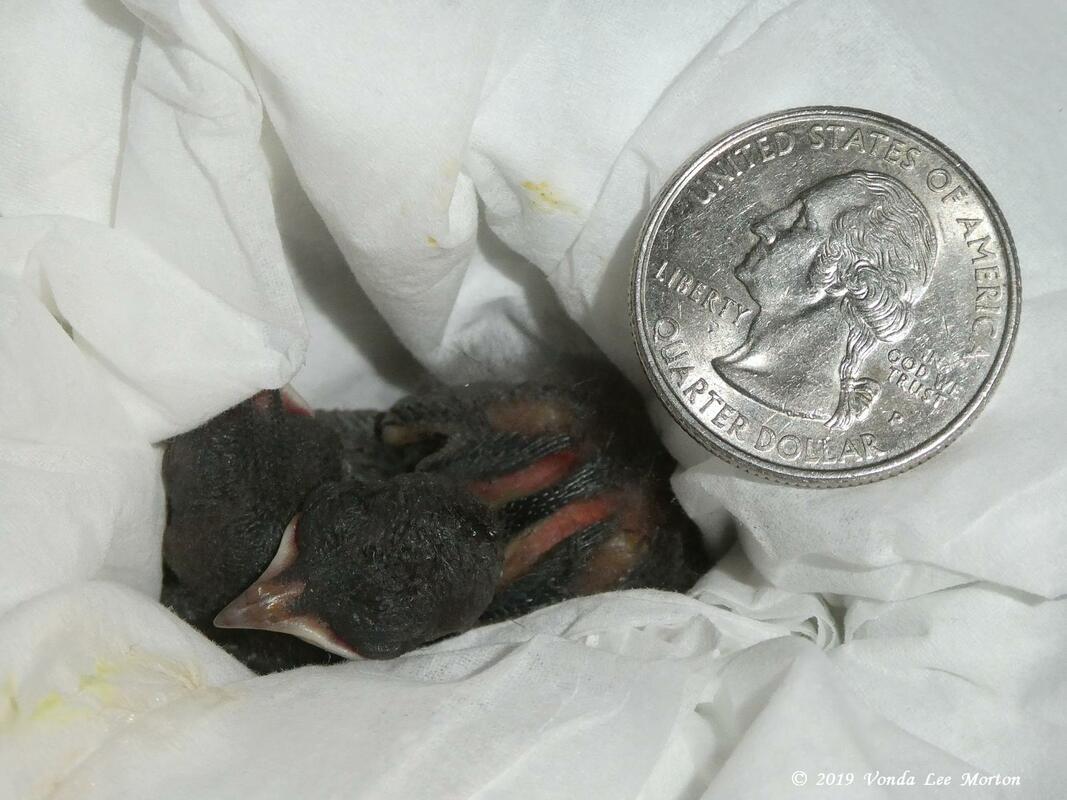
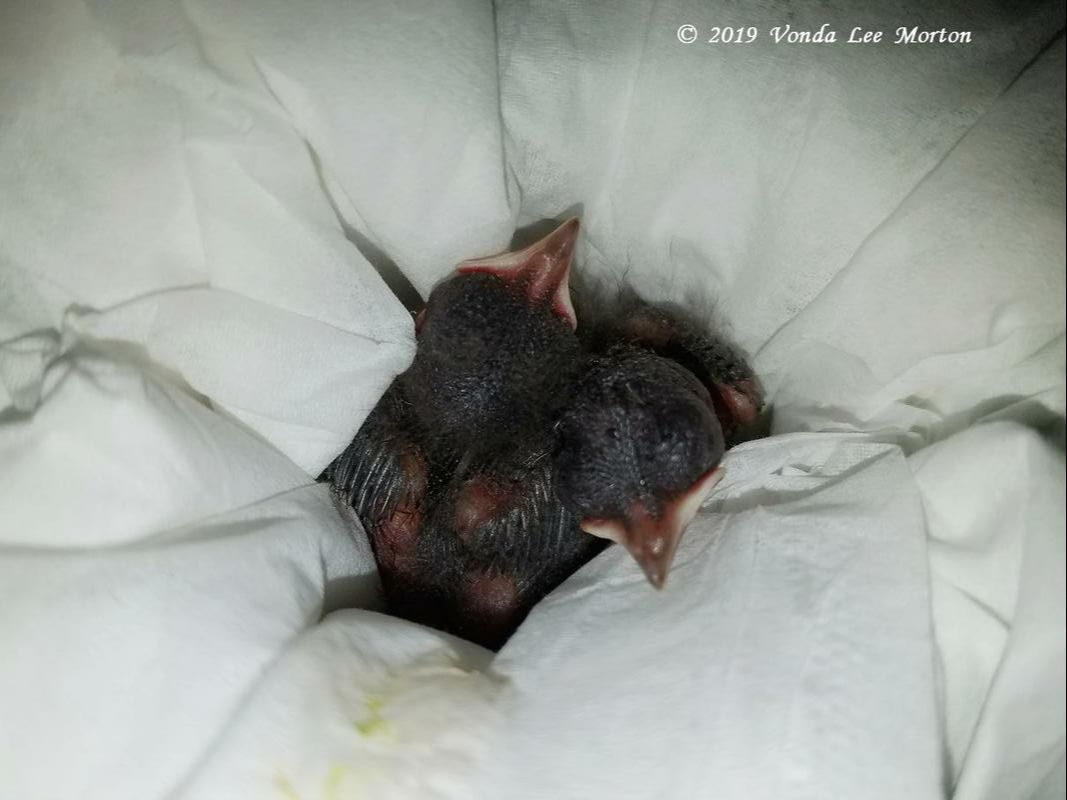
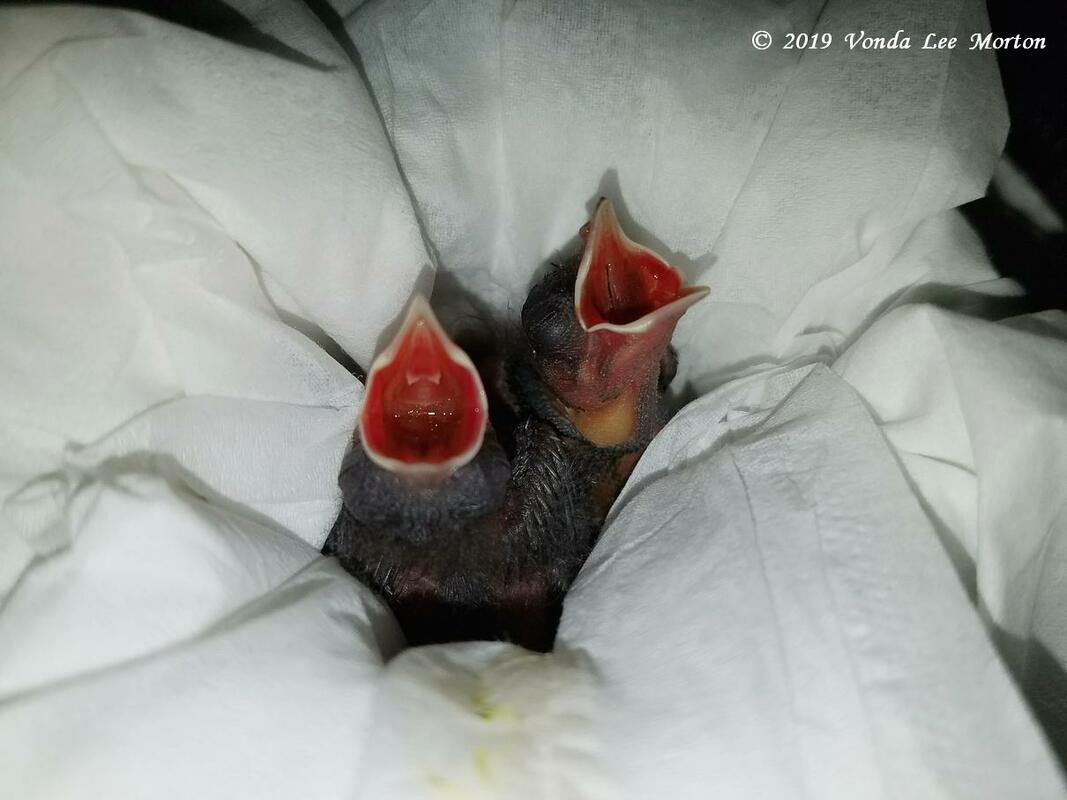
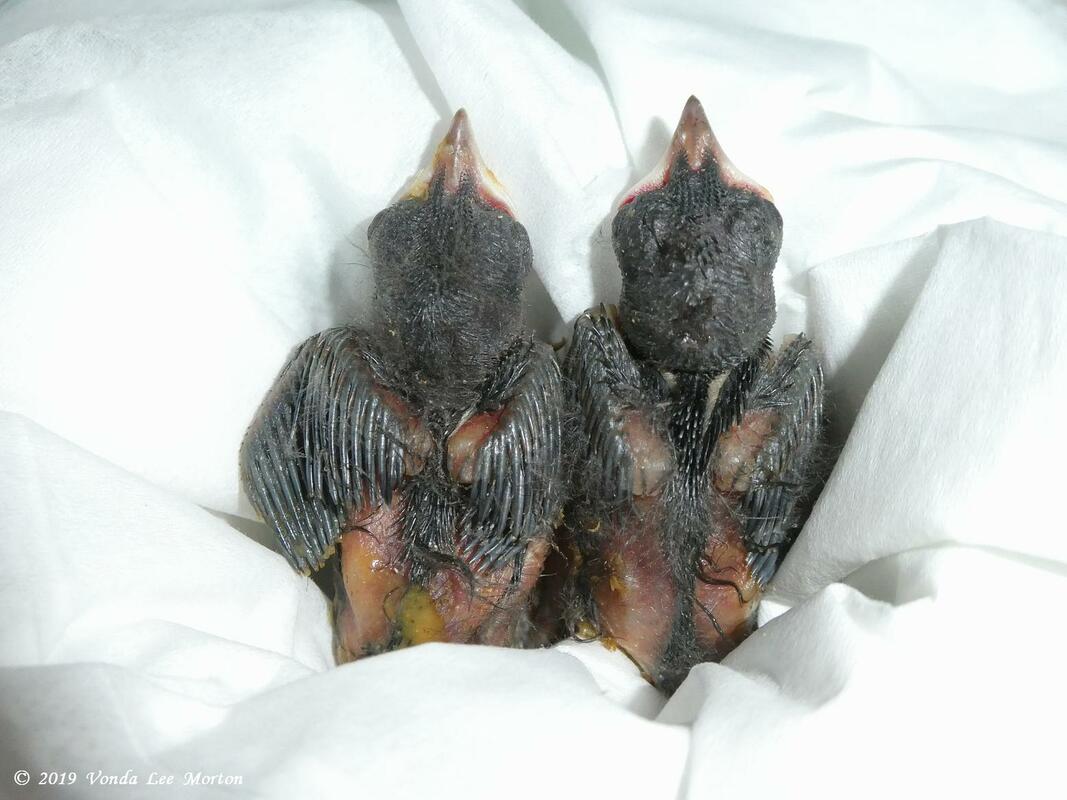
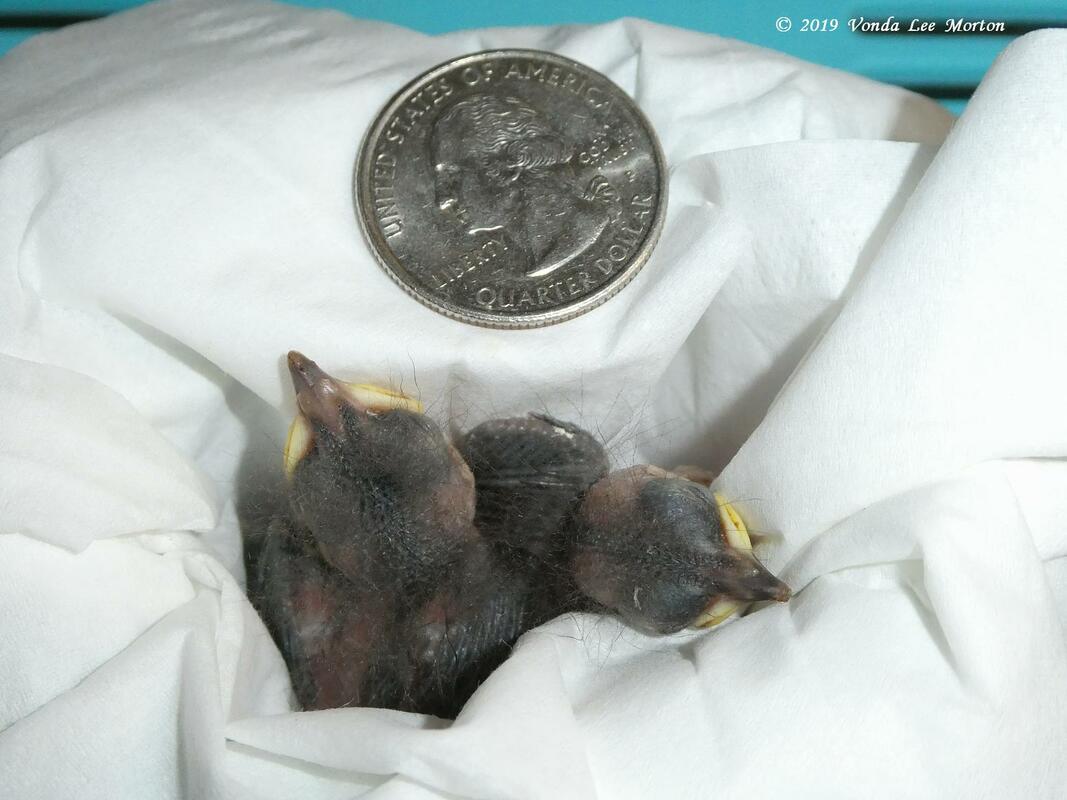
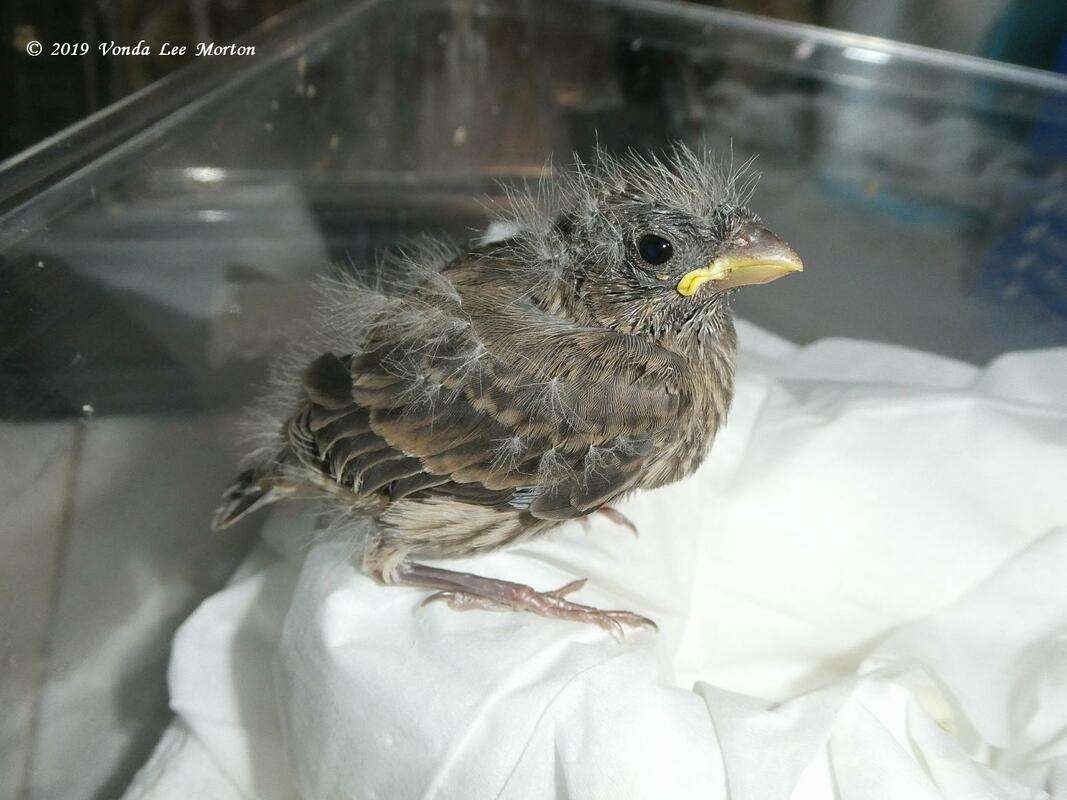
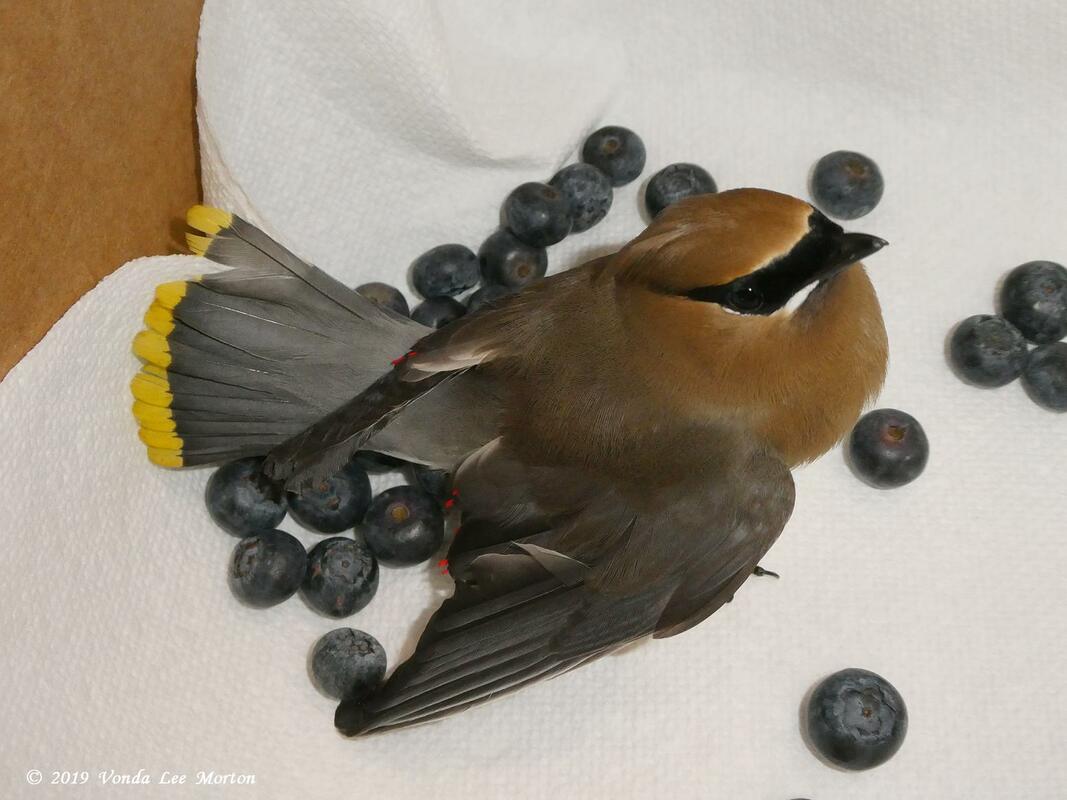
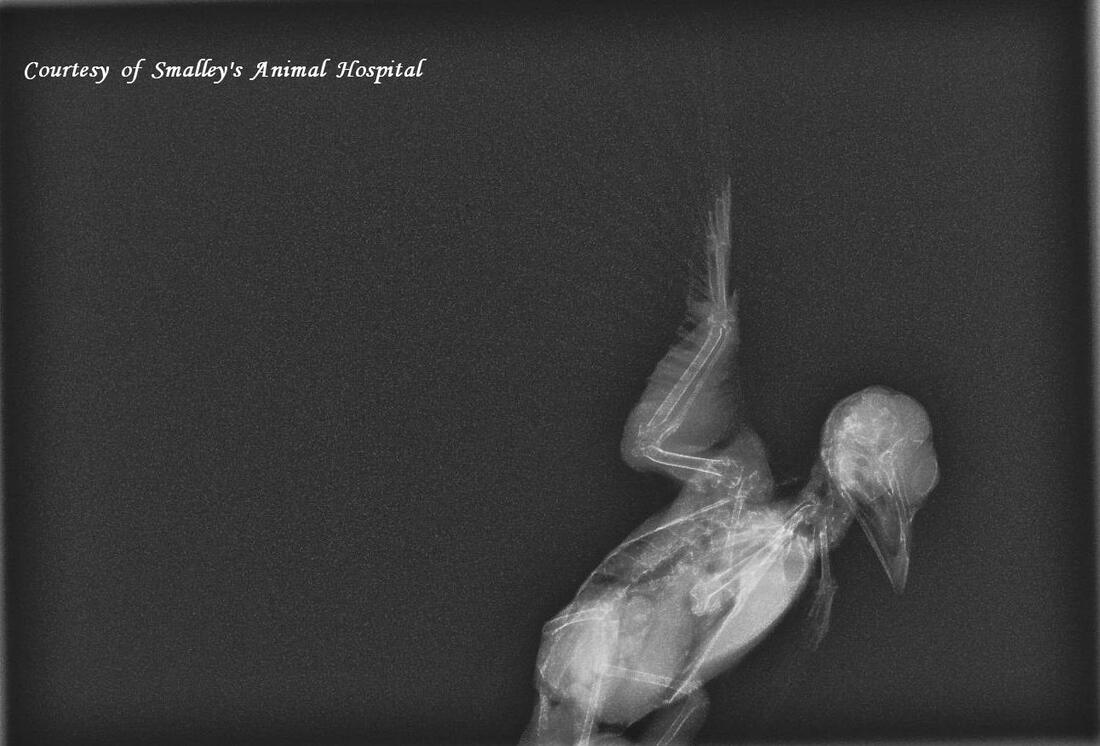
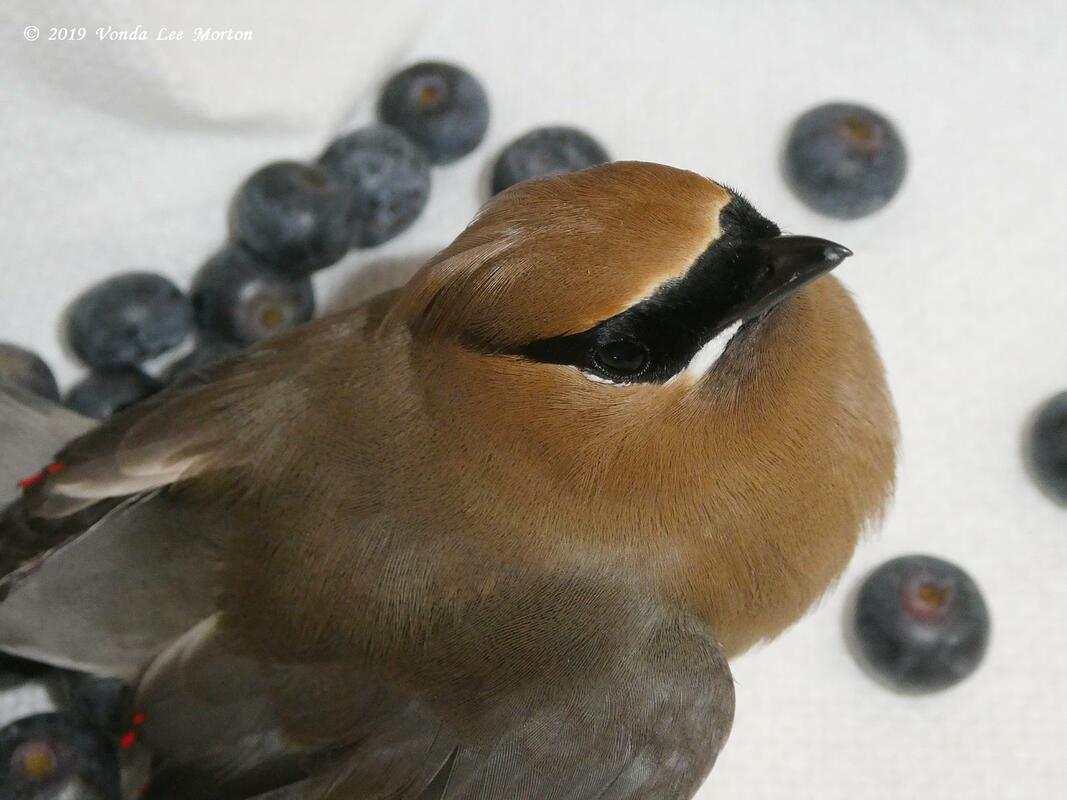
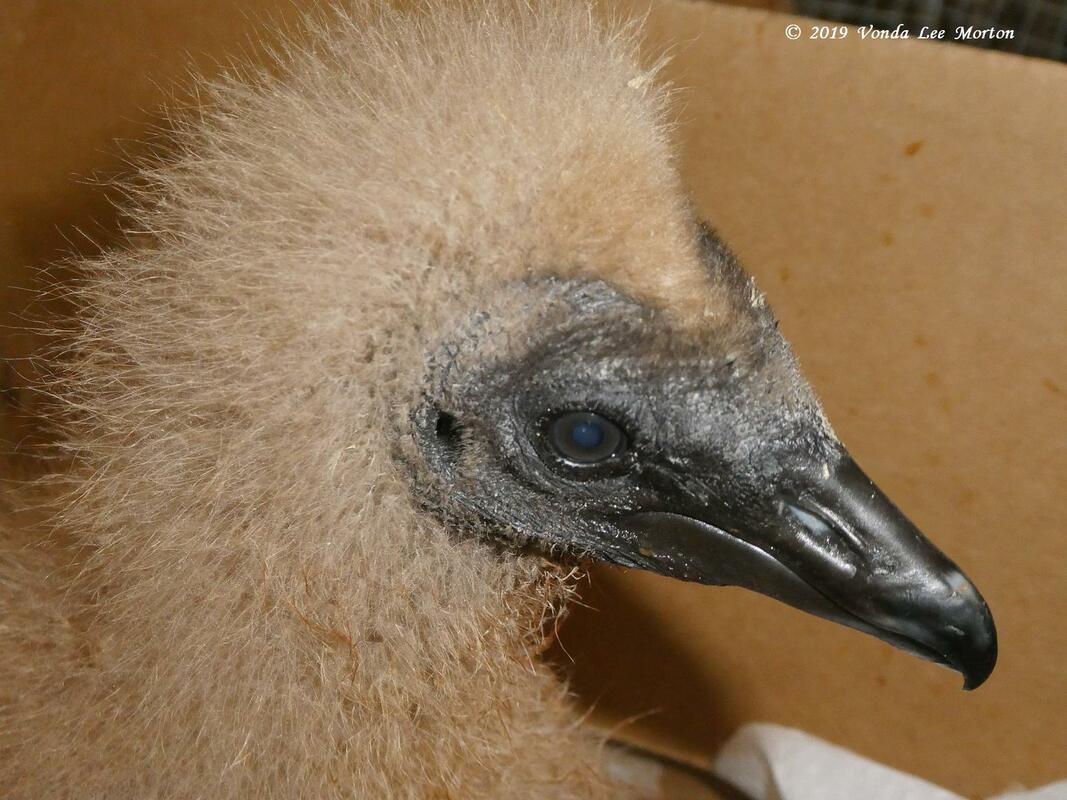
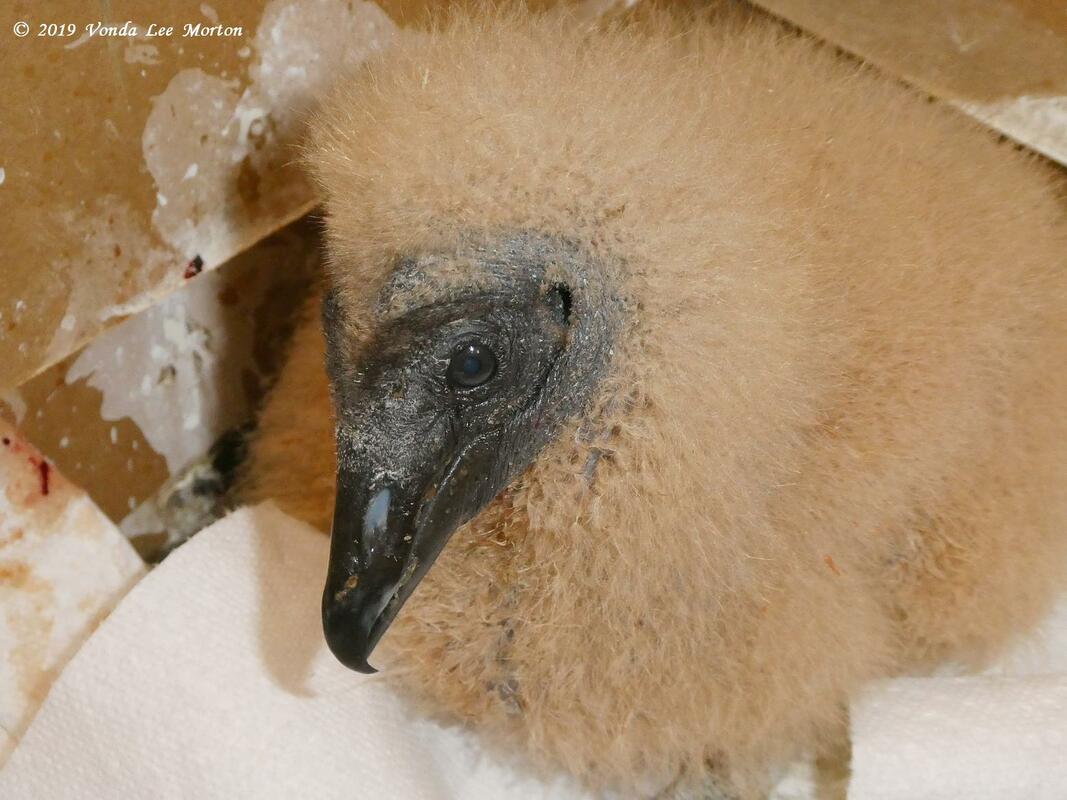
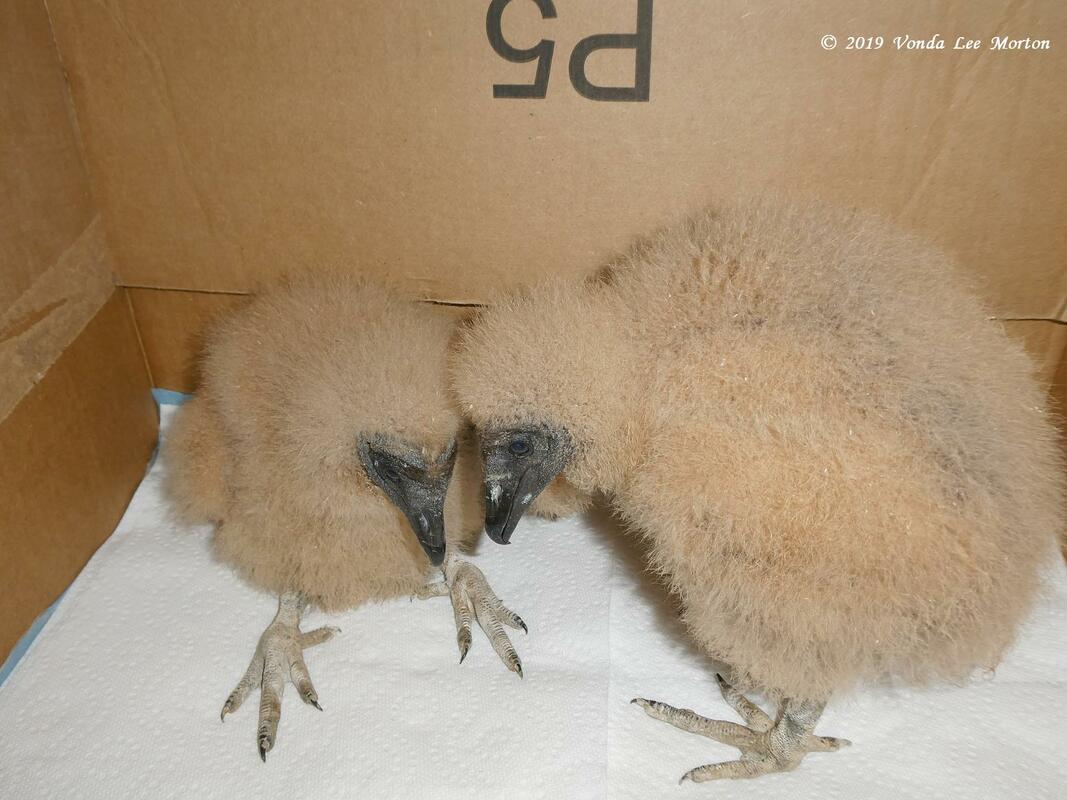
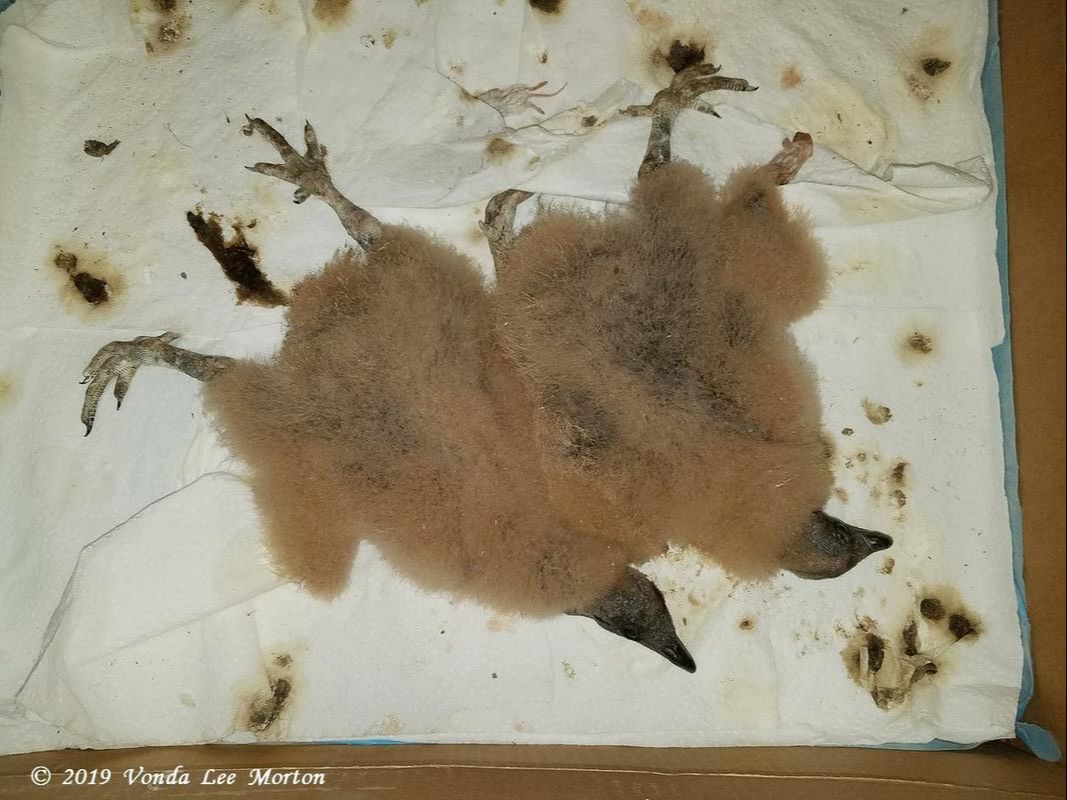
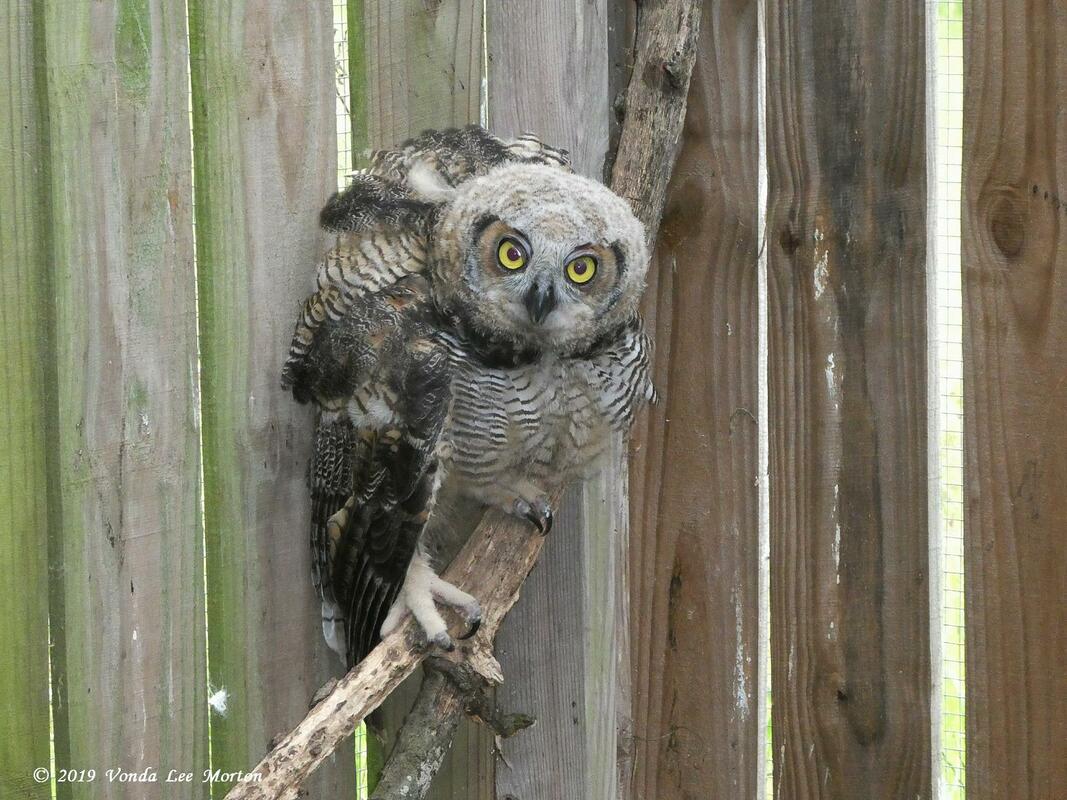
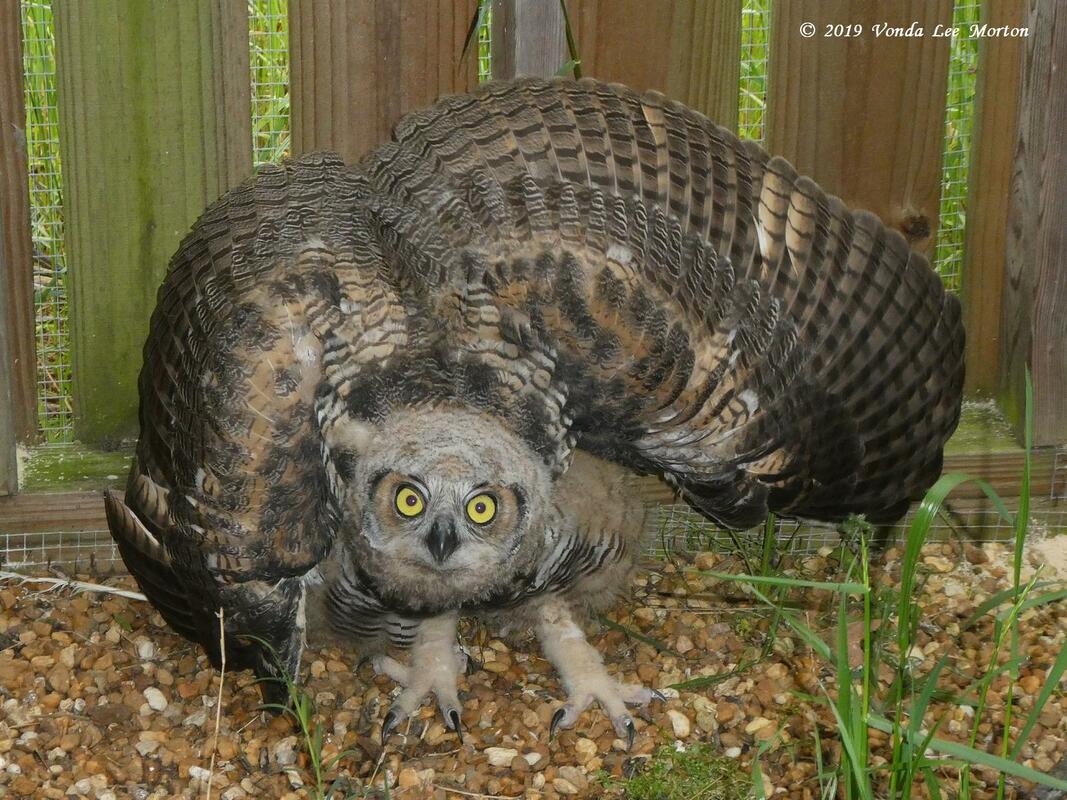
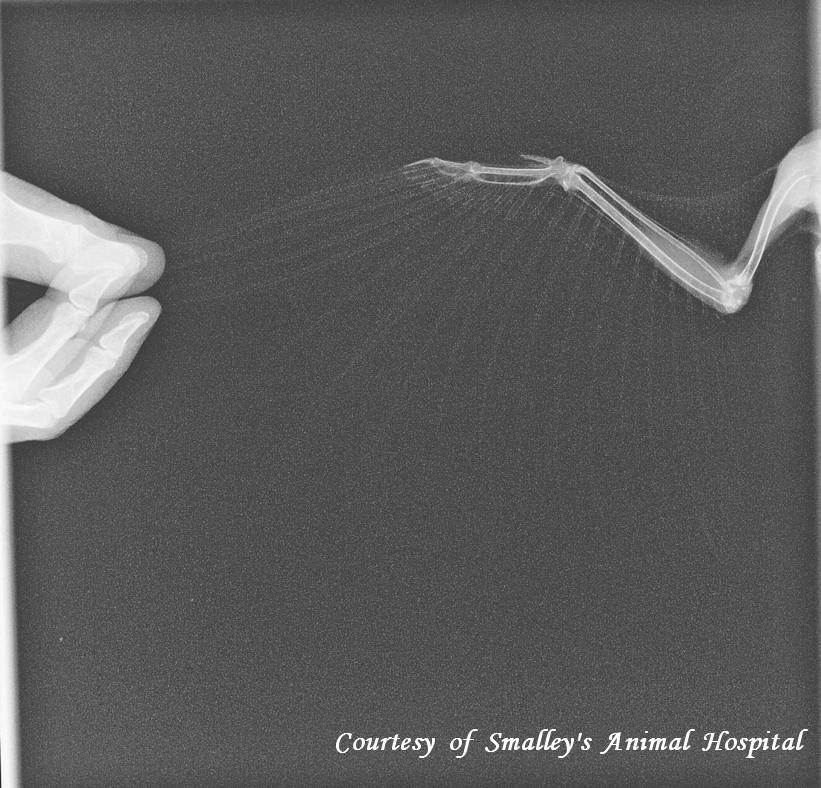
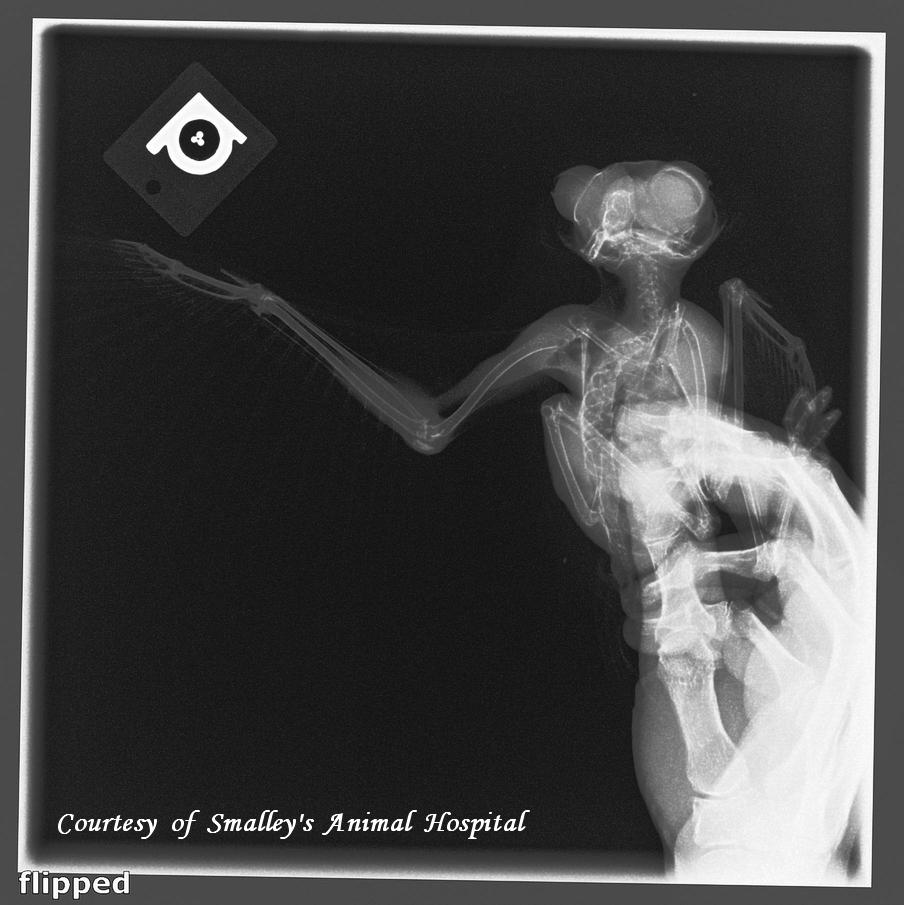
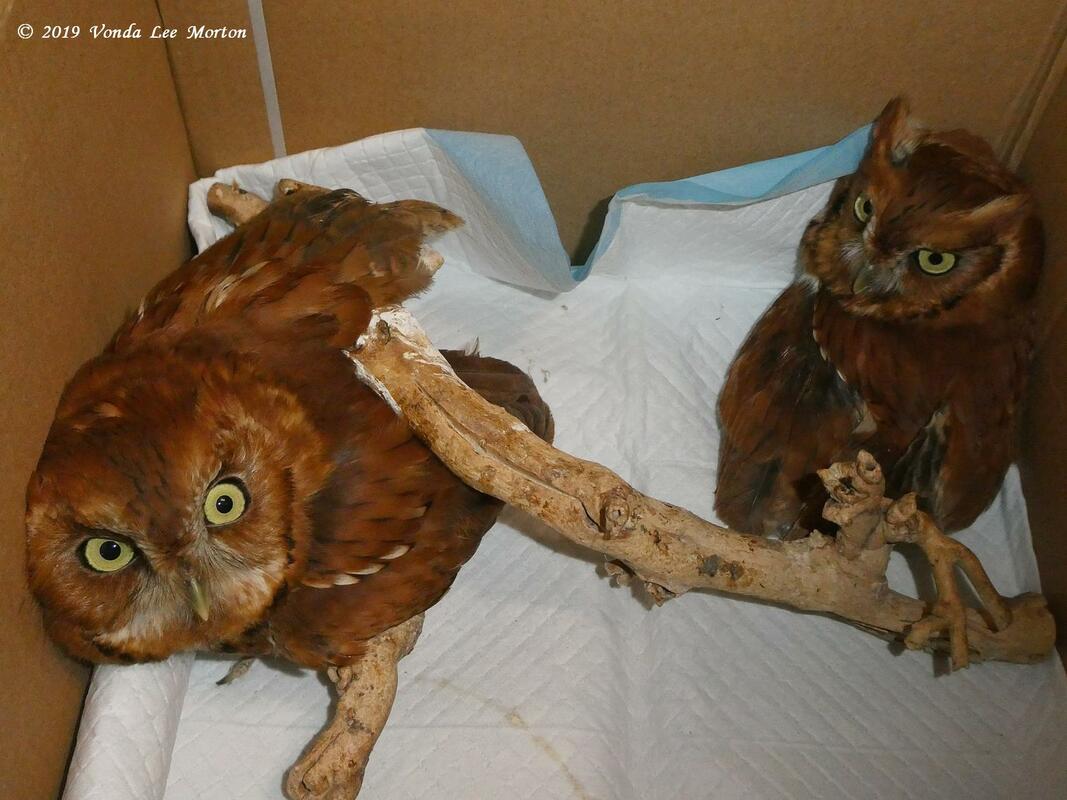

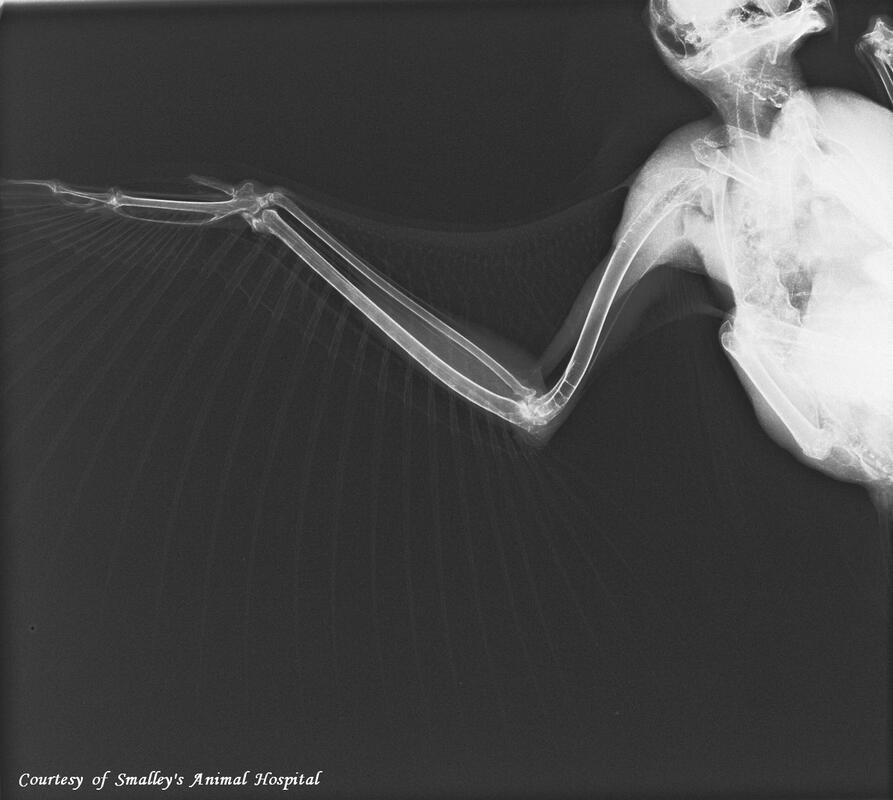
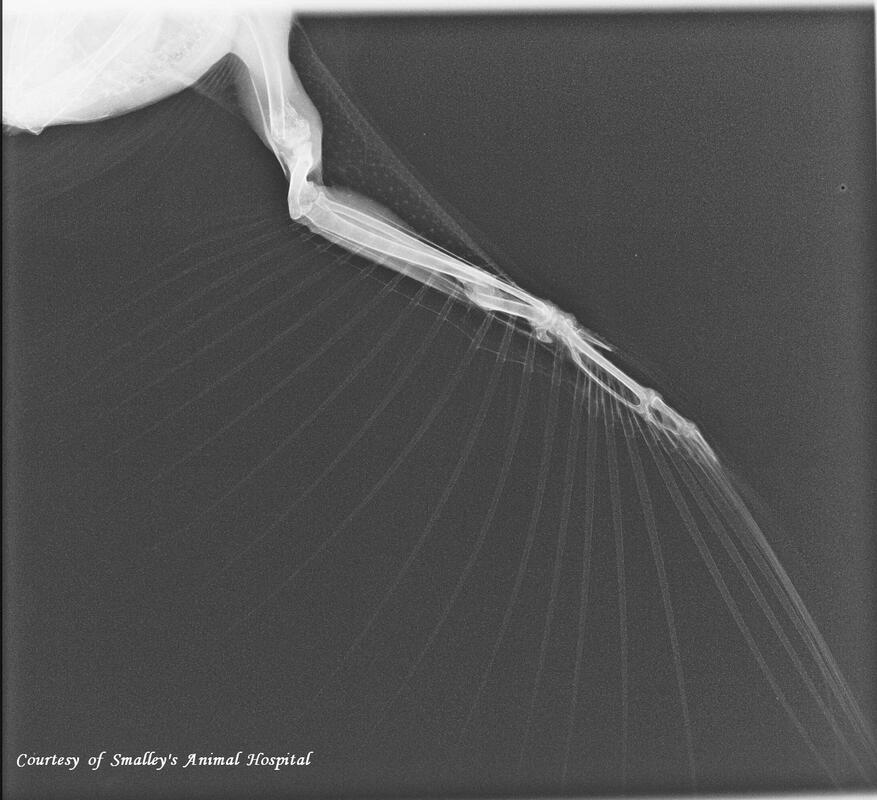
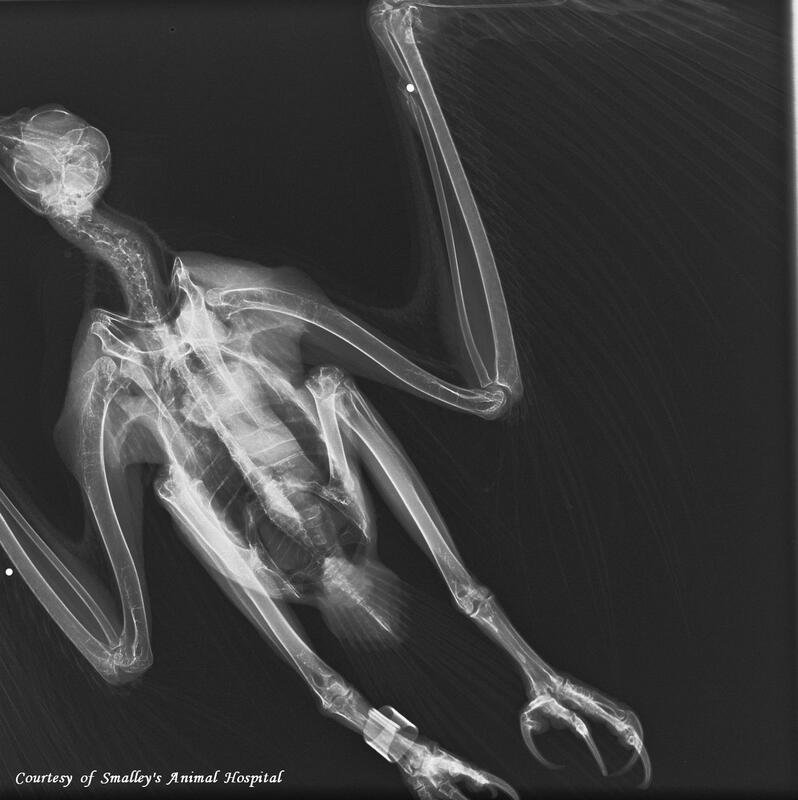
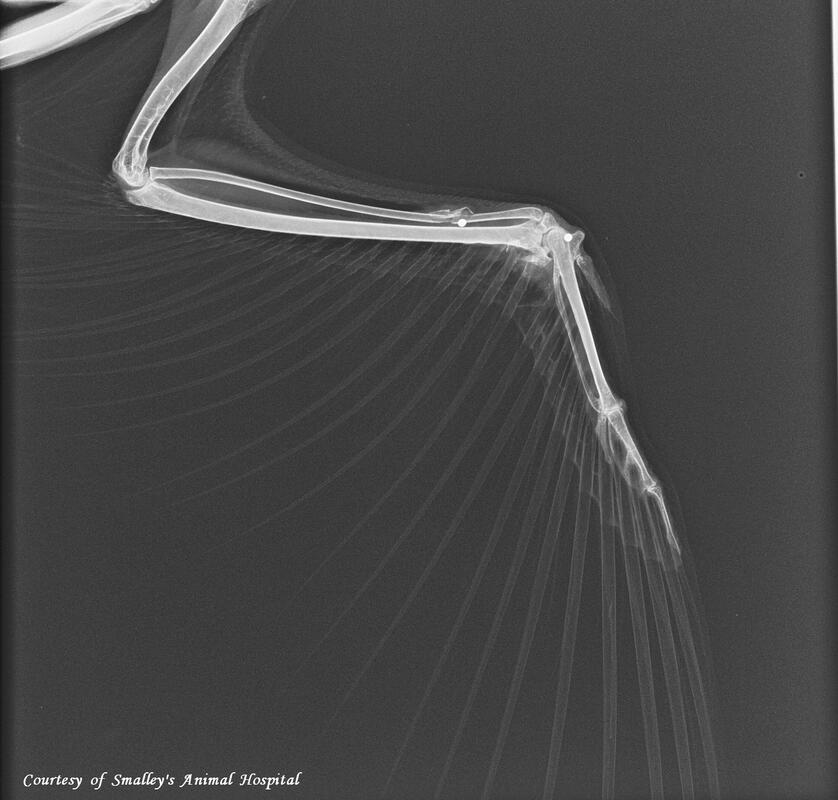
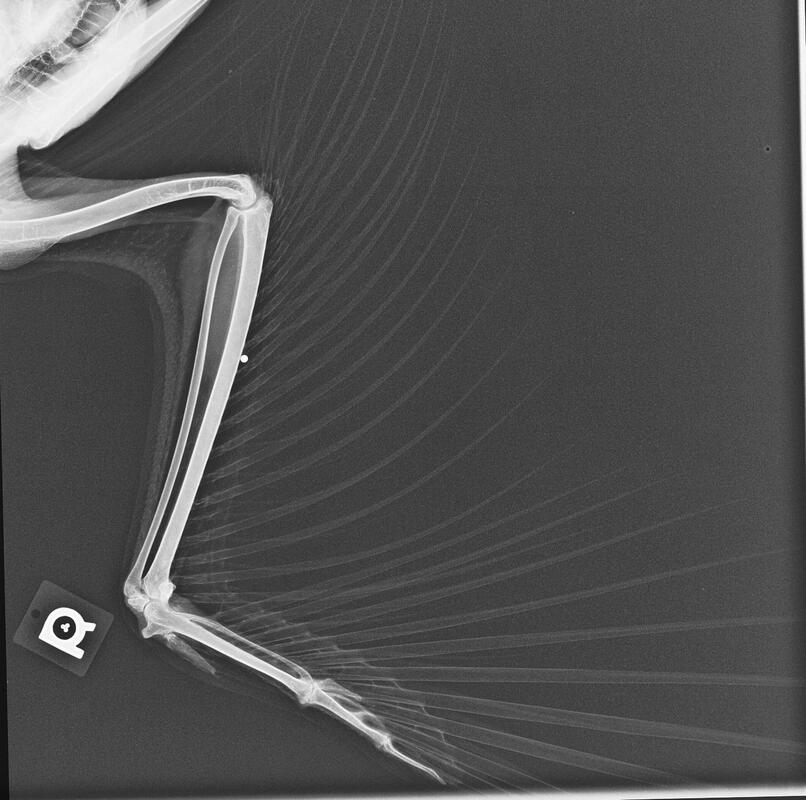
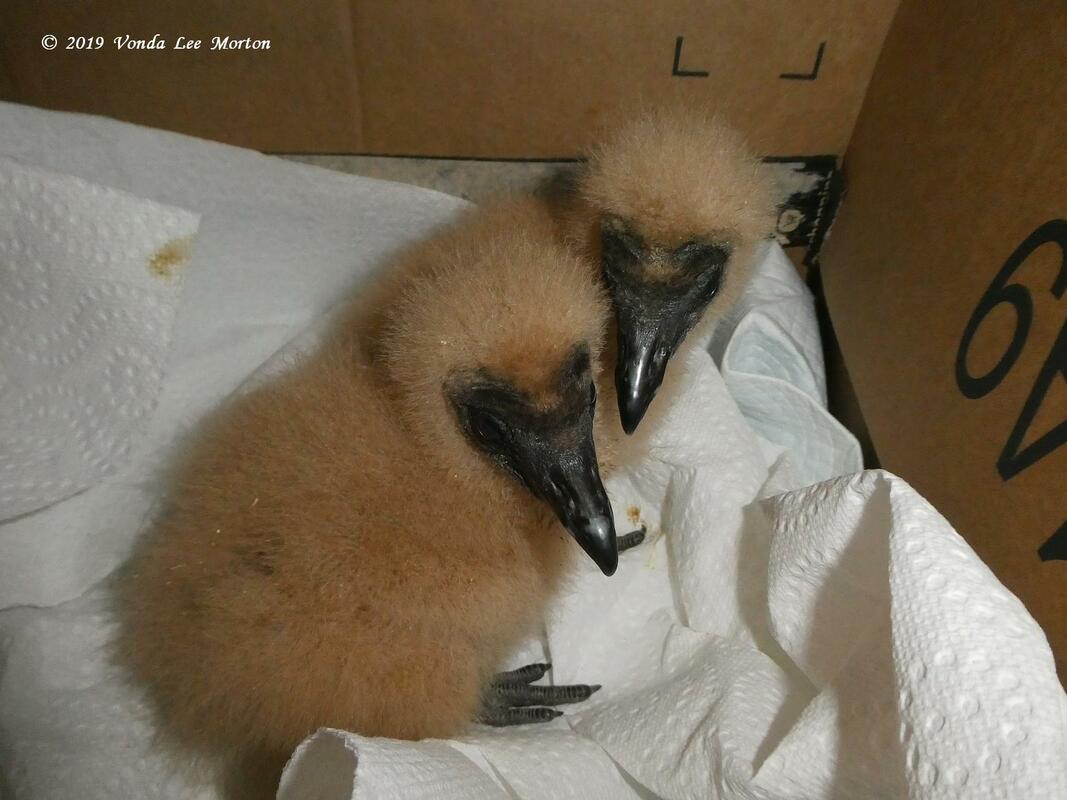
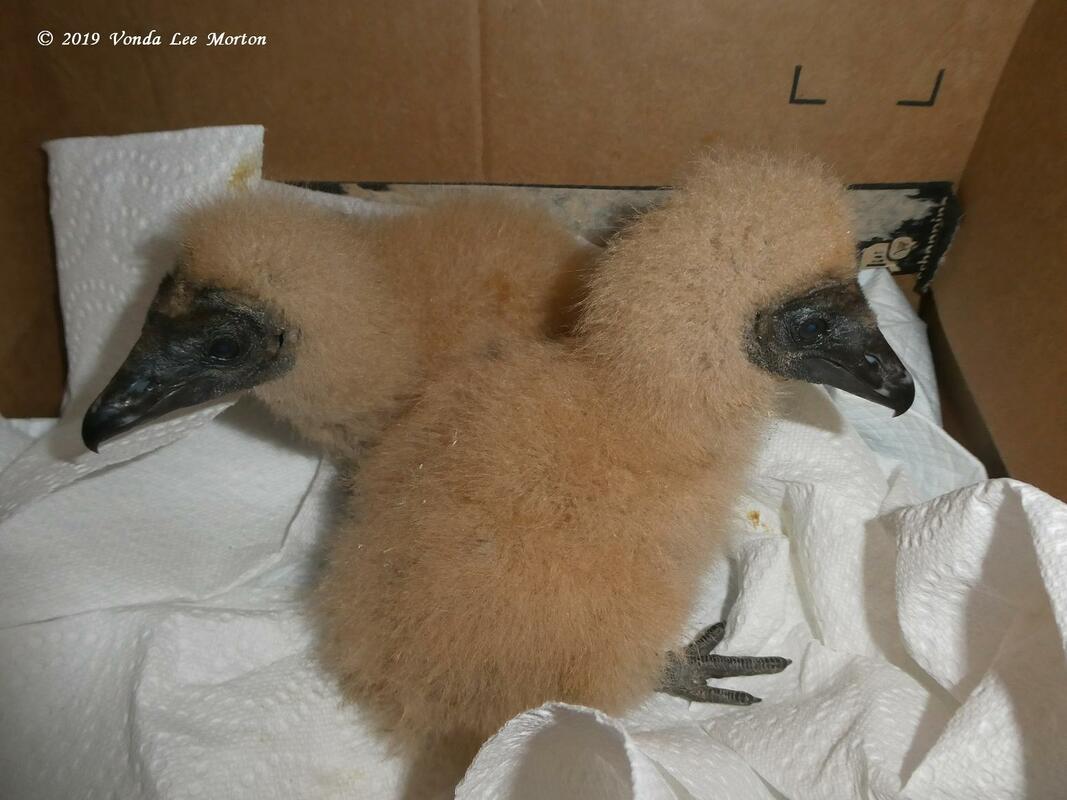
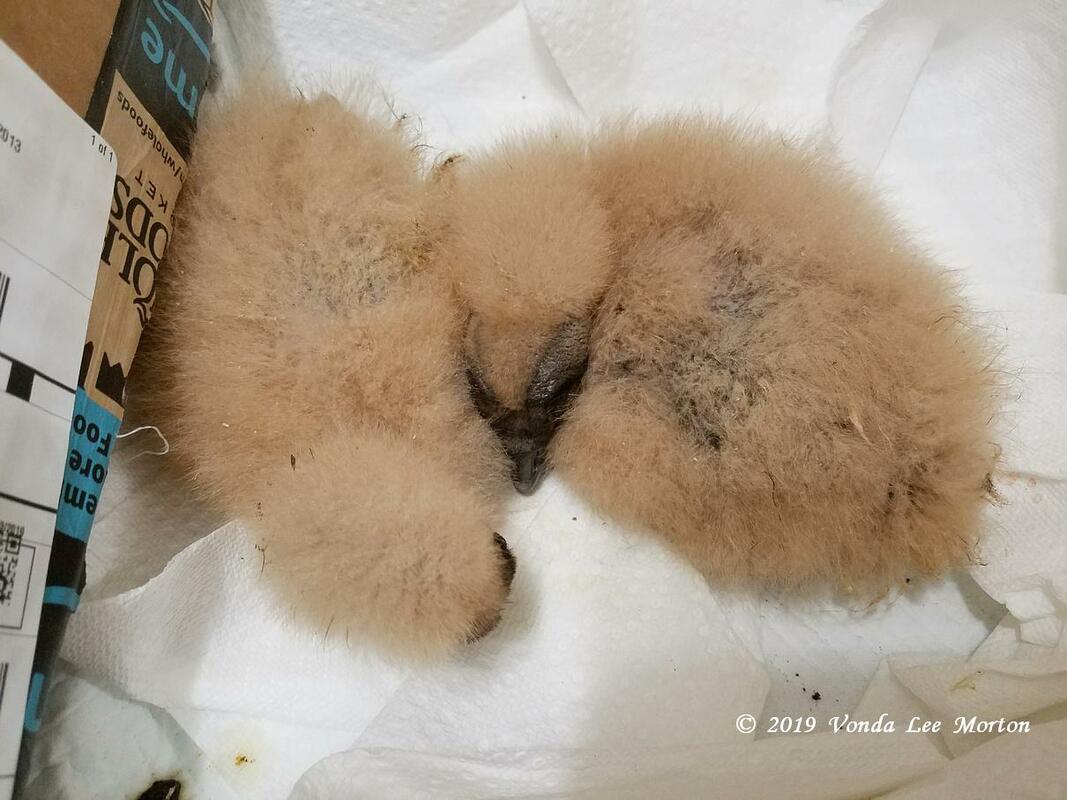
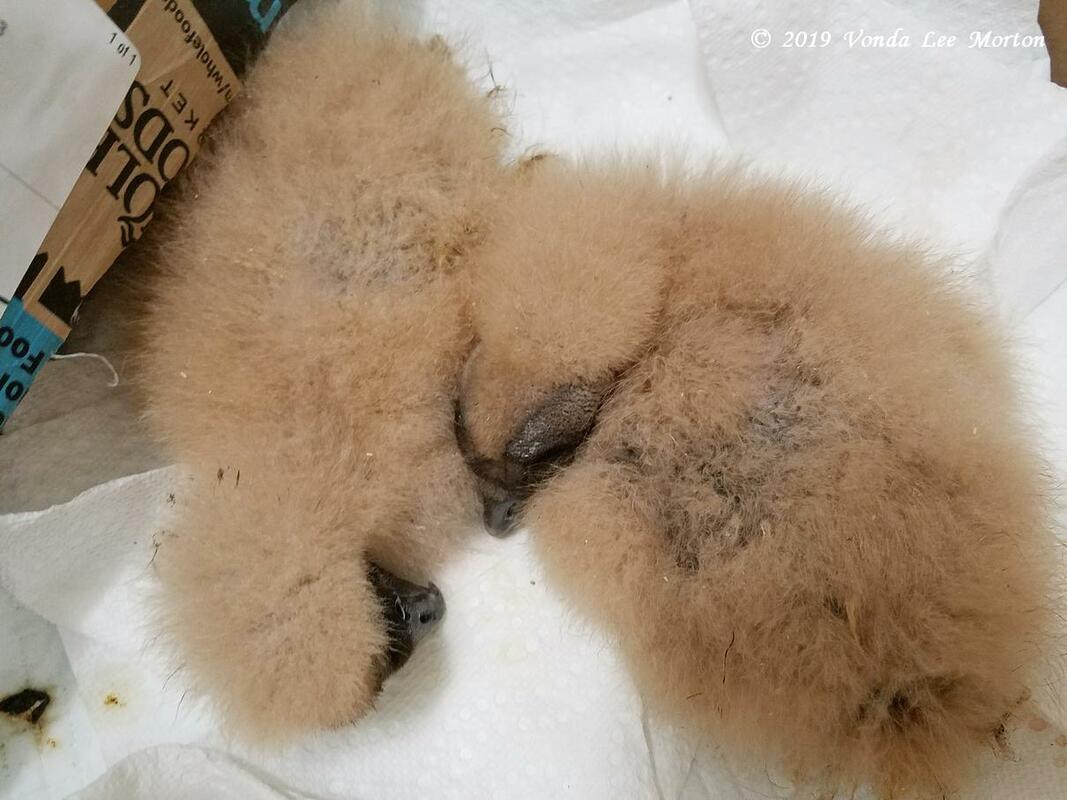
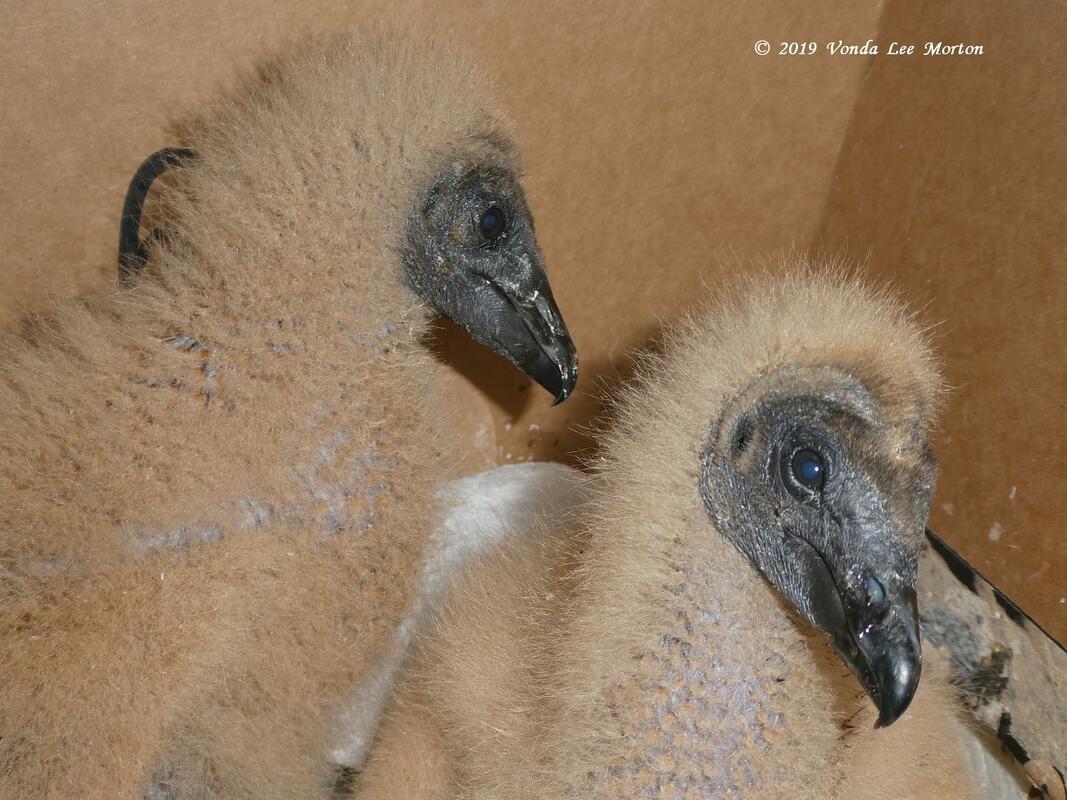

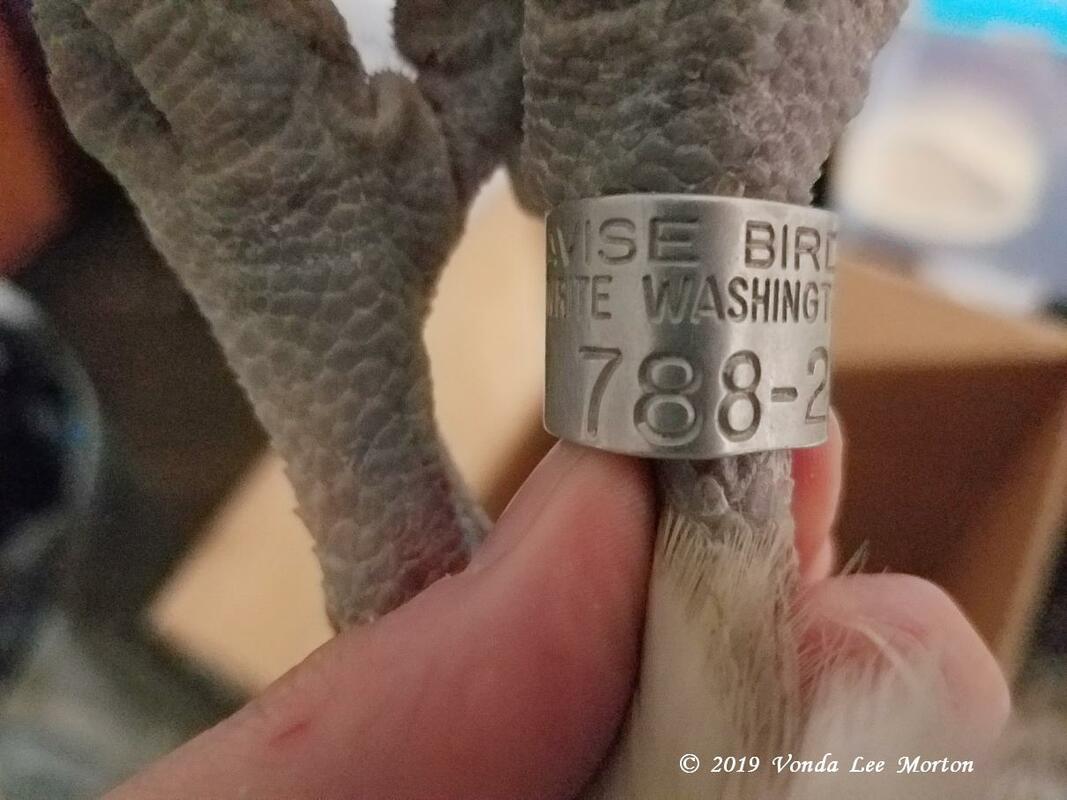
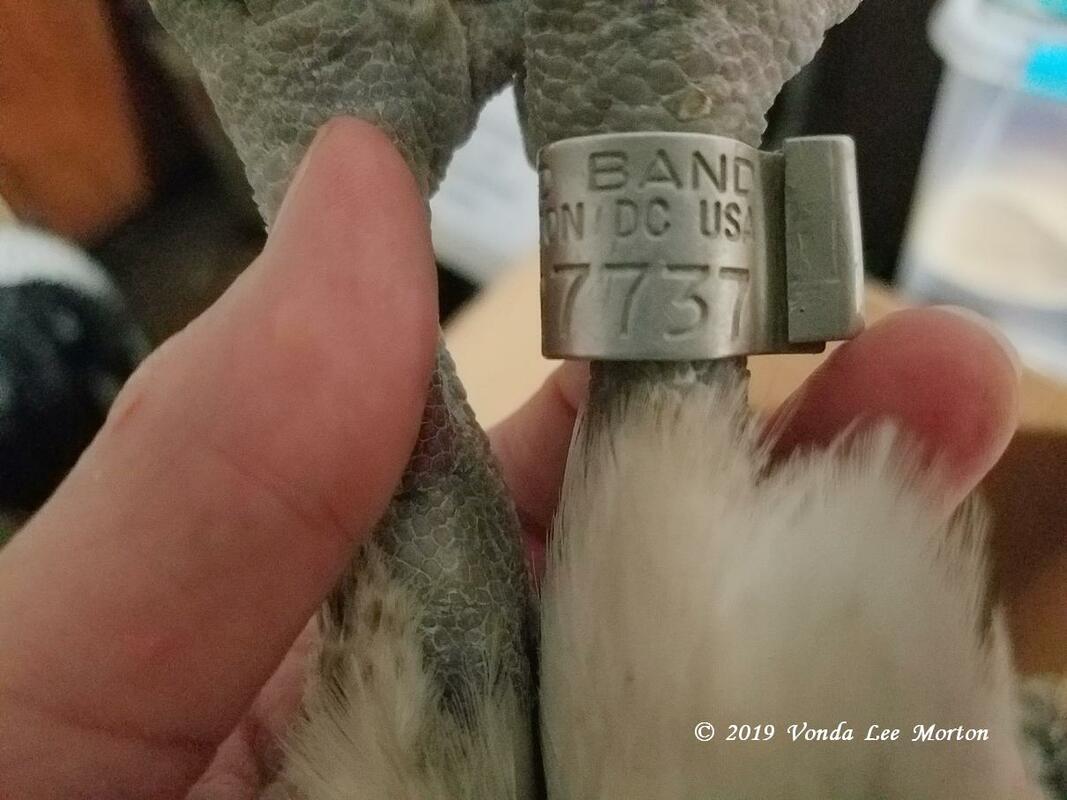
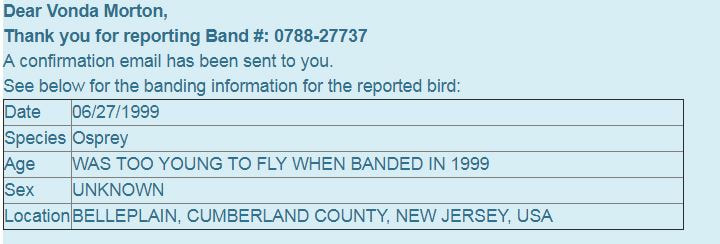
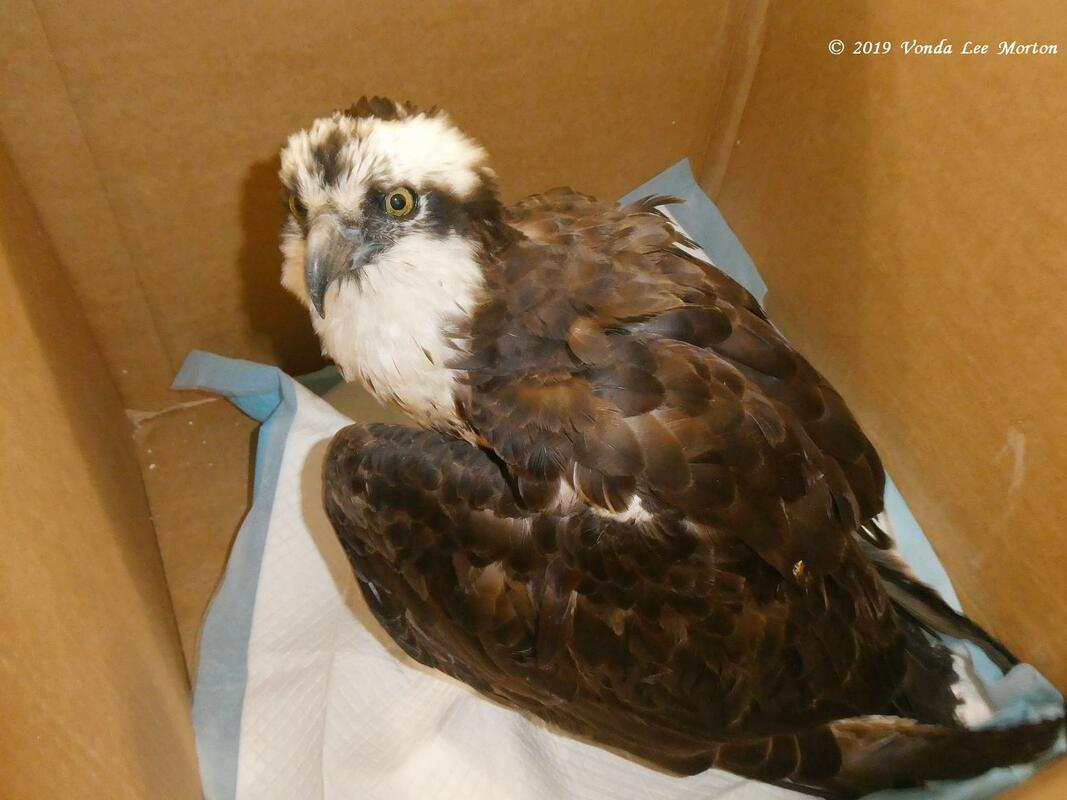
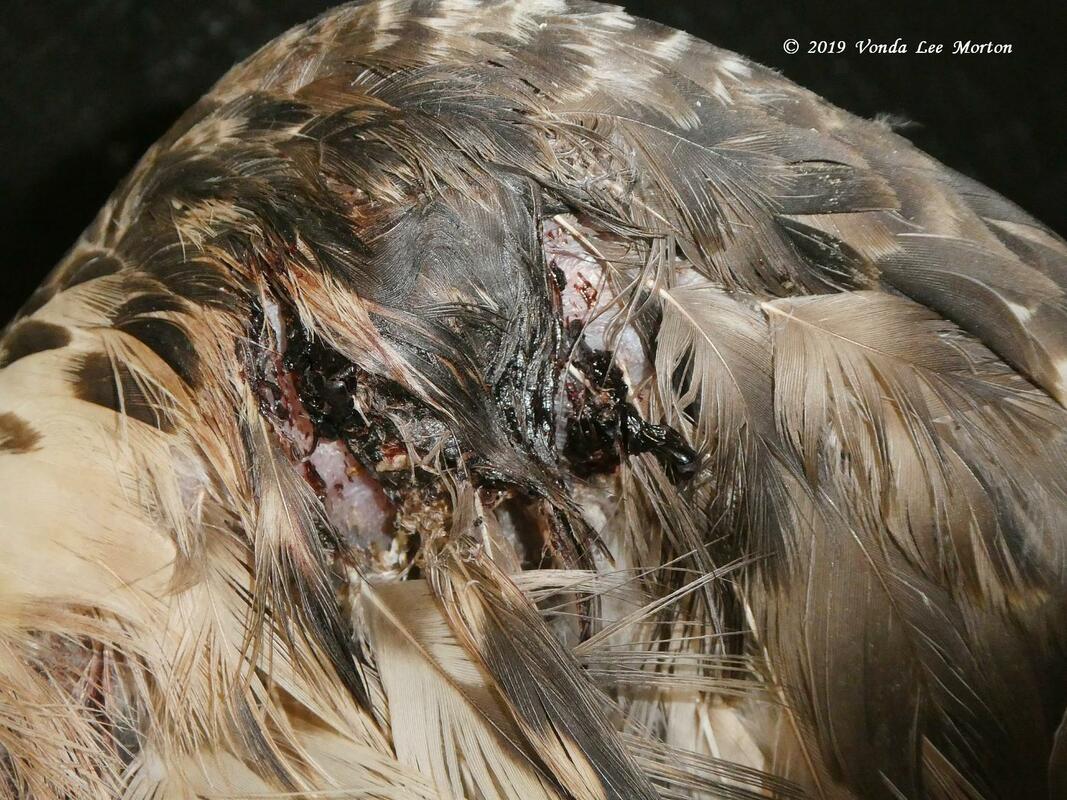
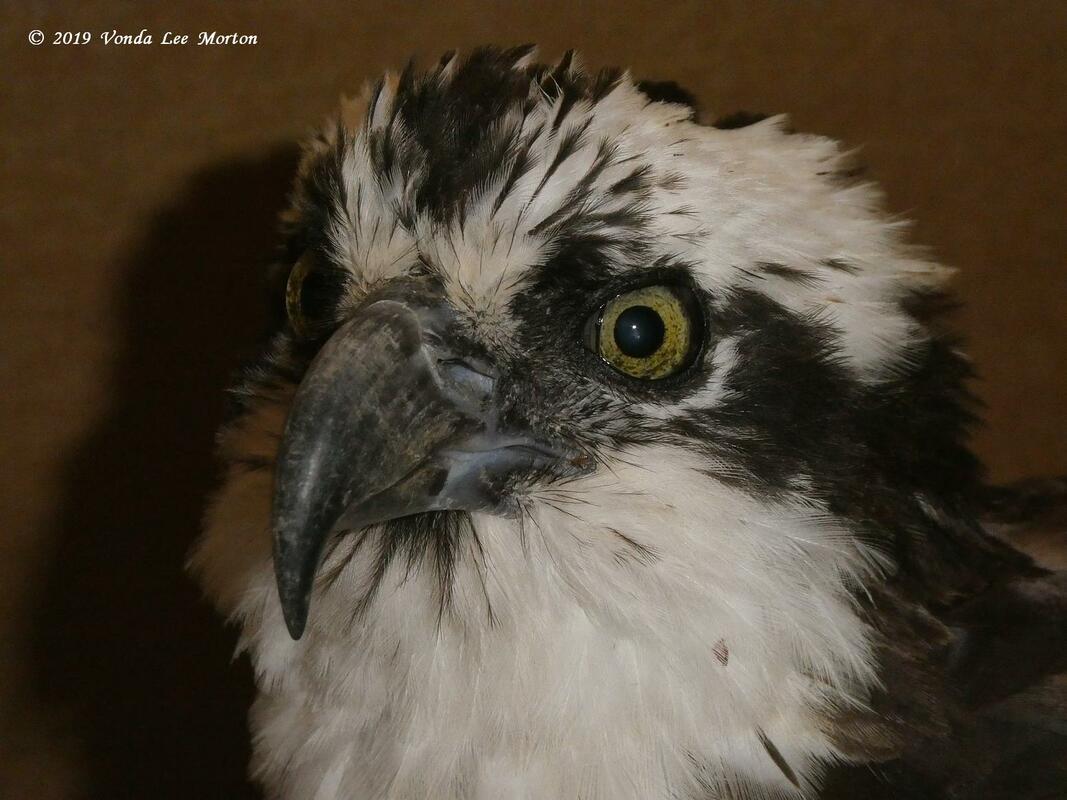
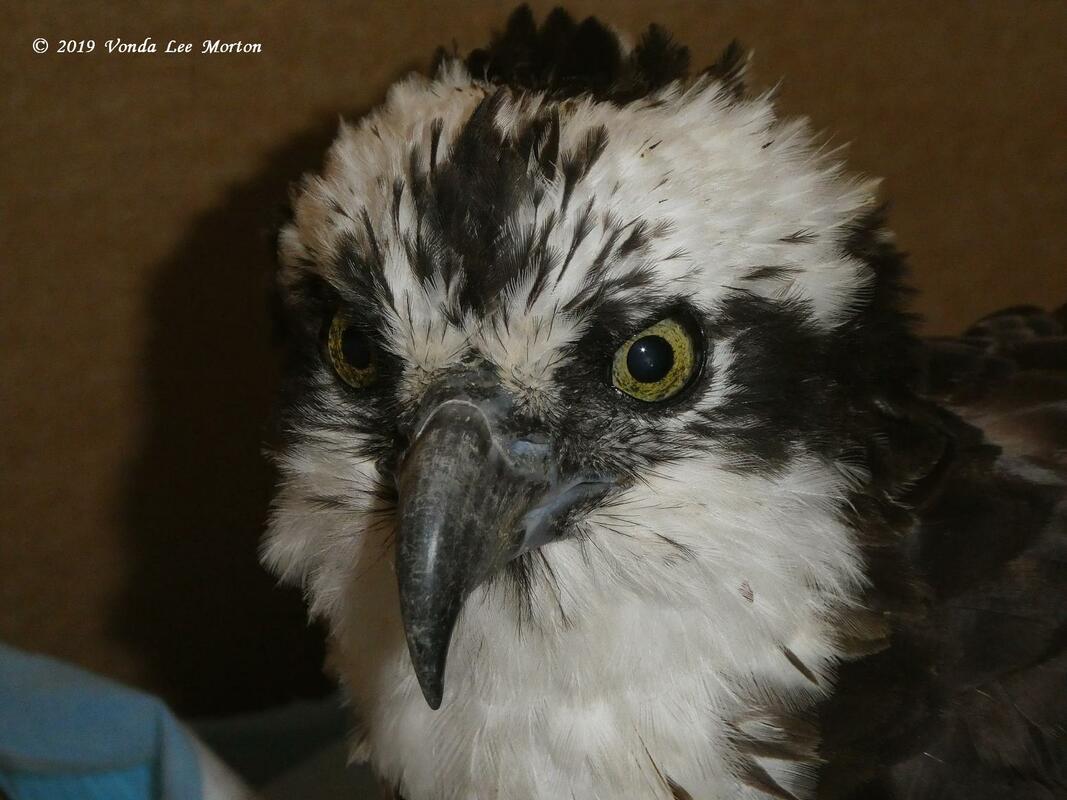
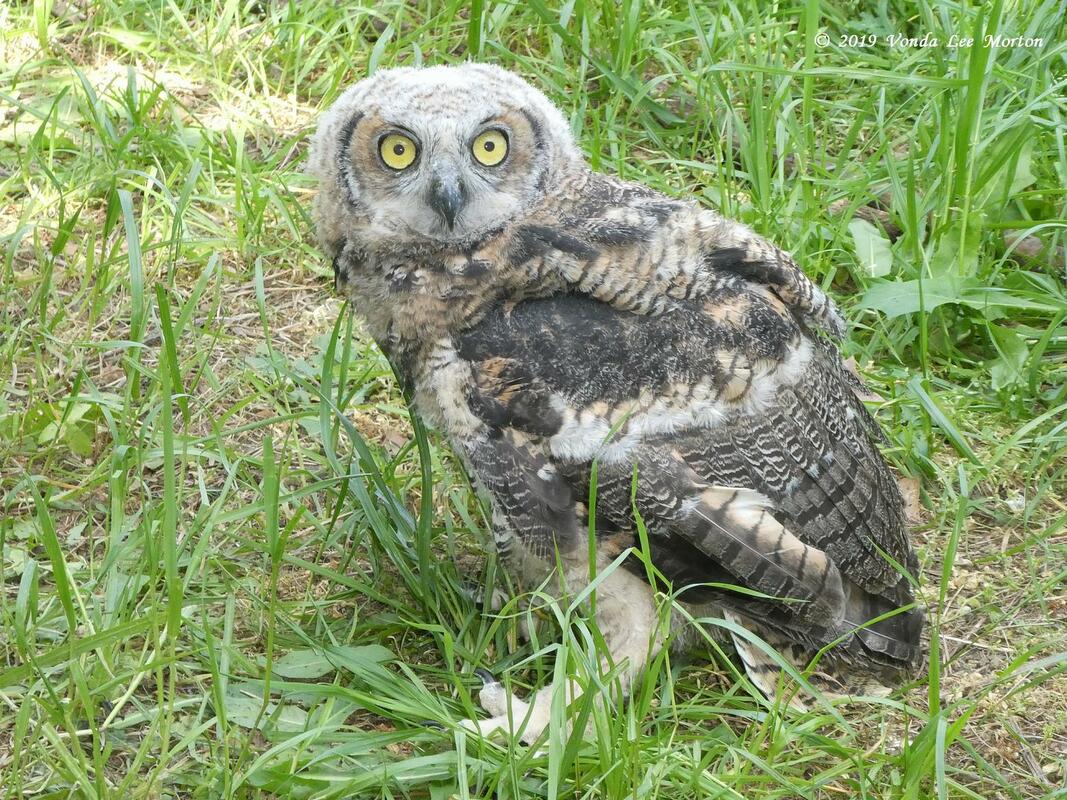
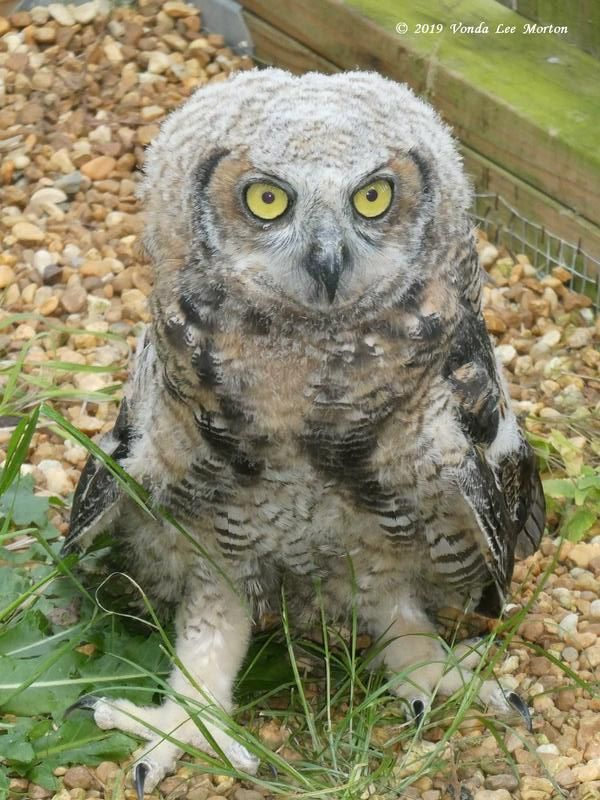
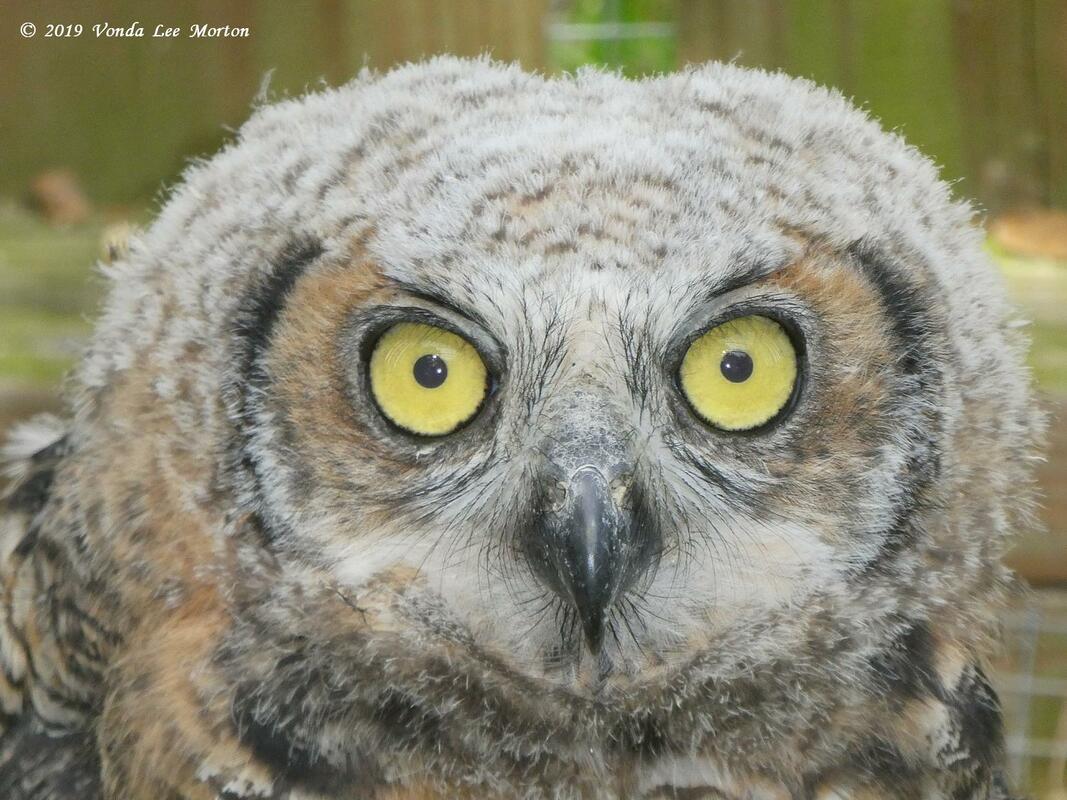
 RSS Feed
RSS Feed
